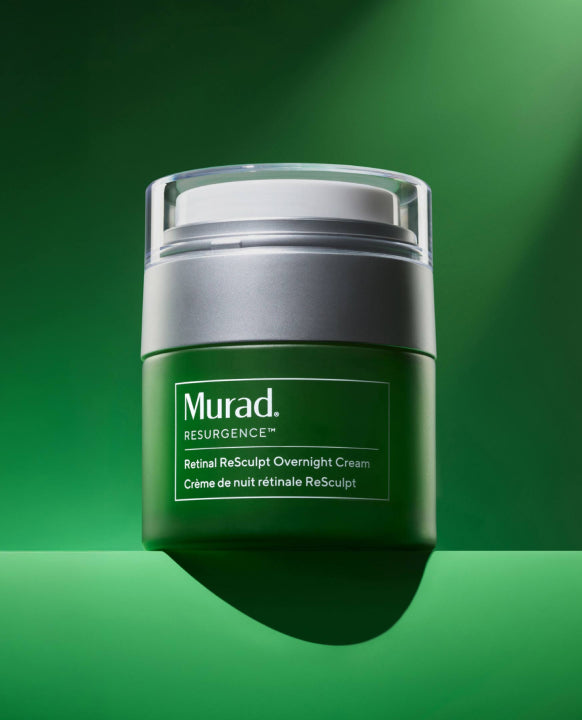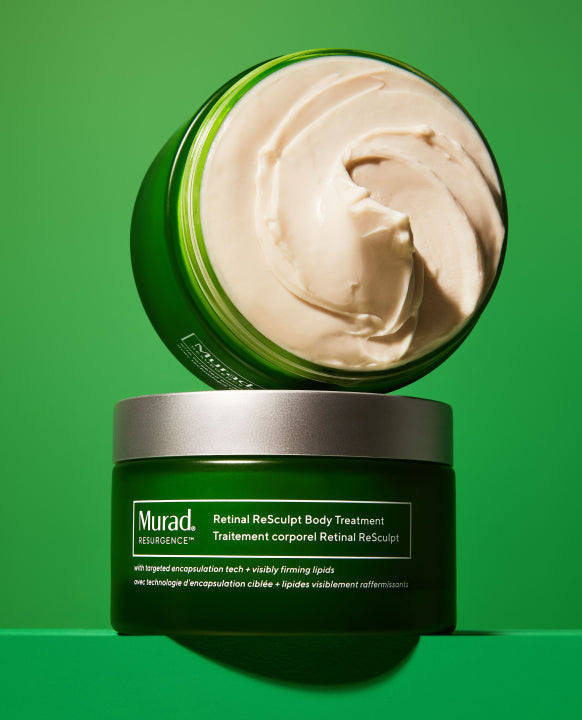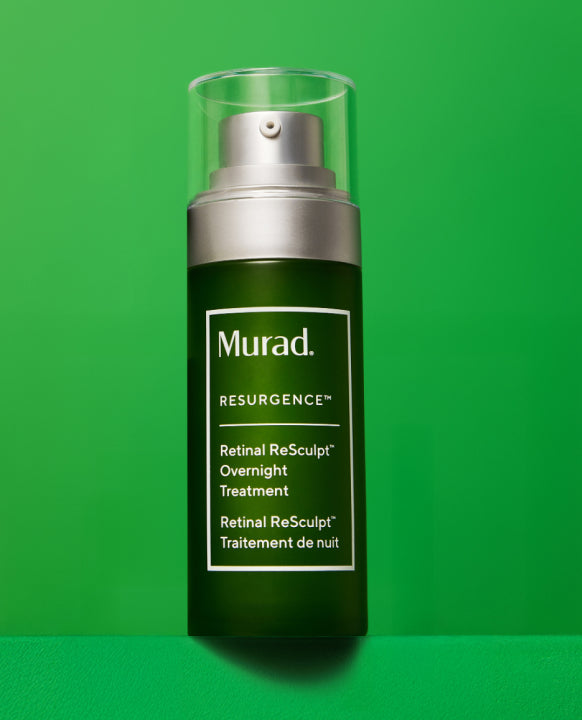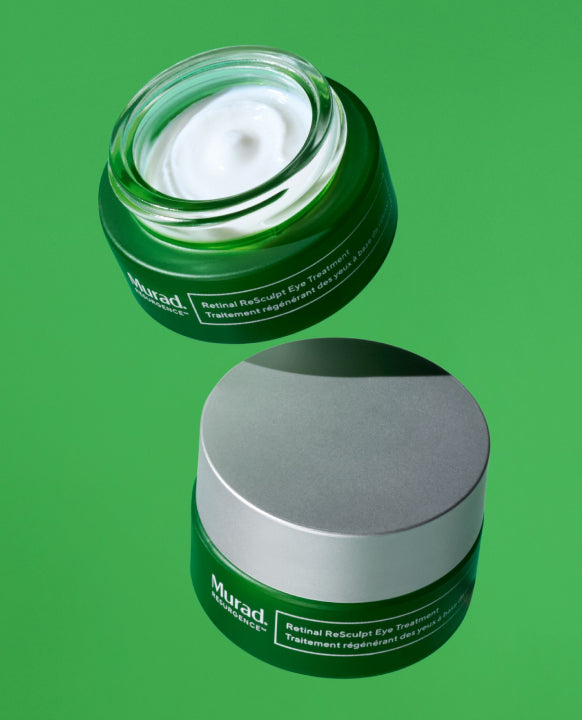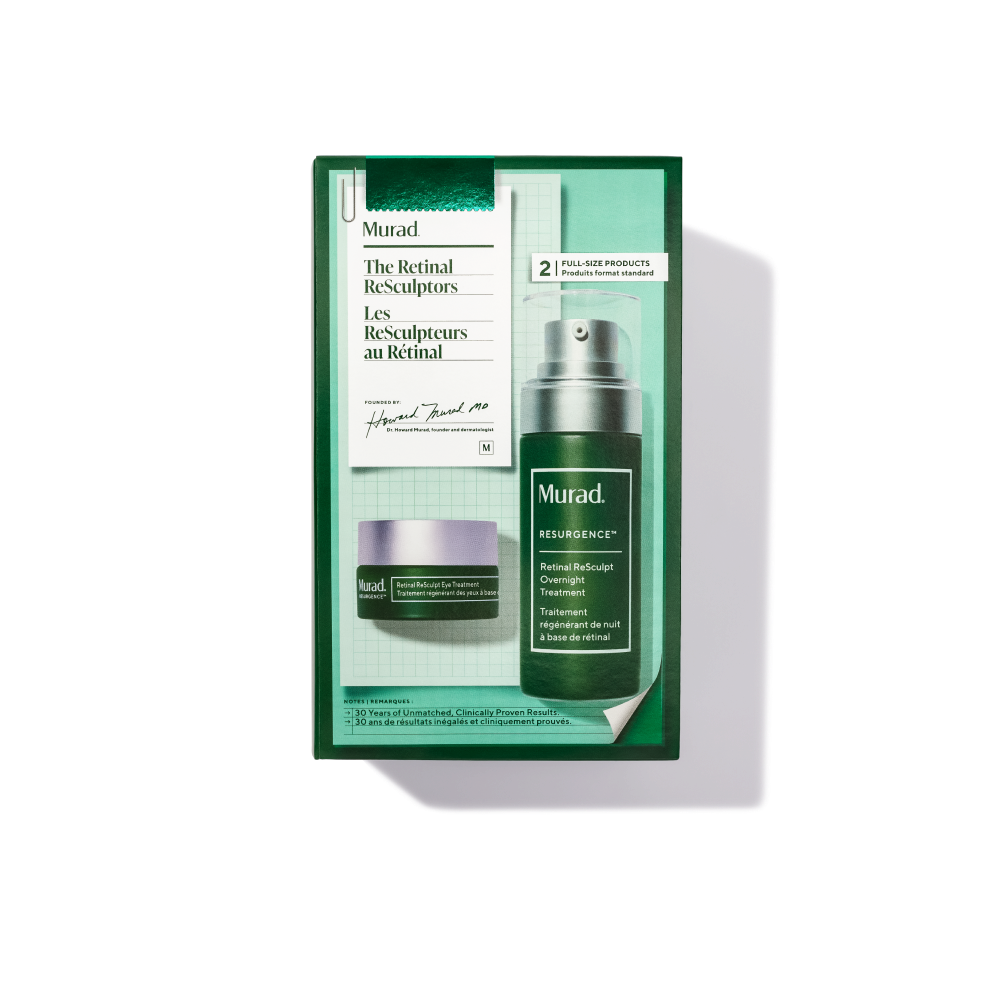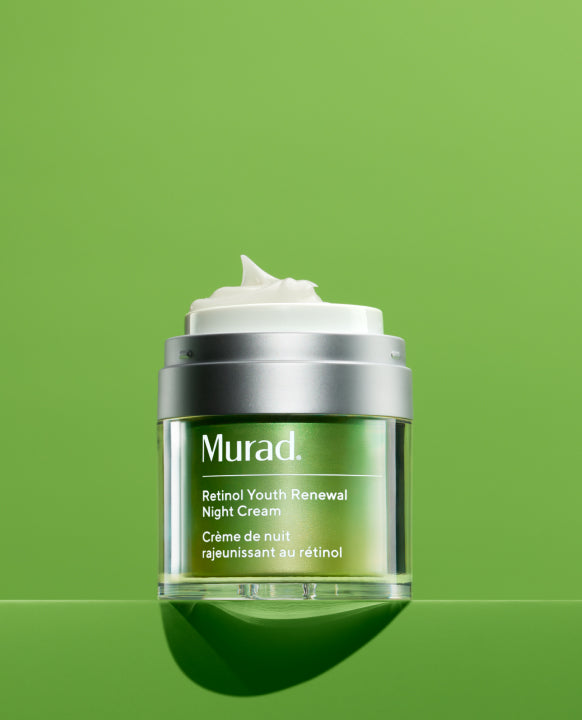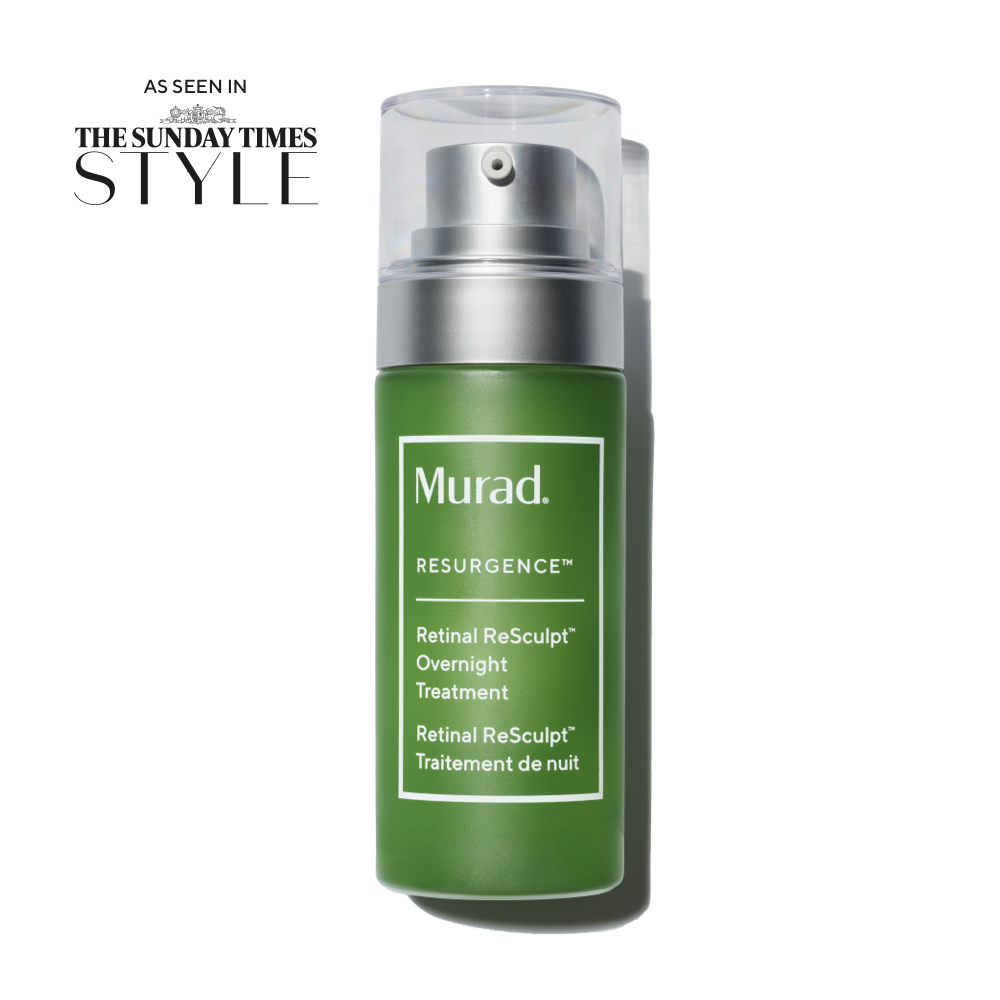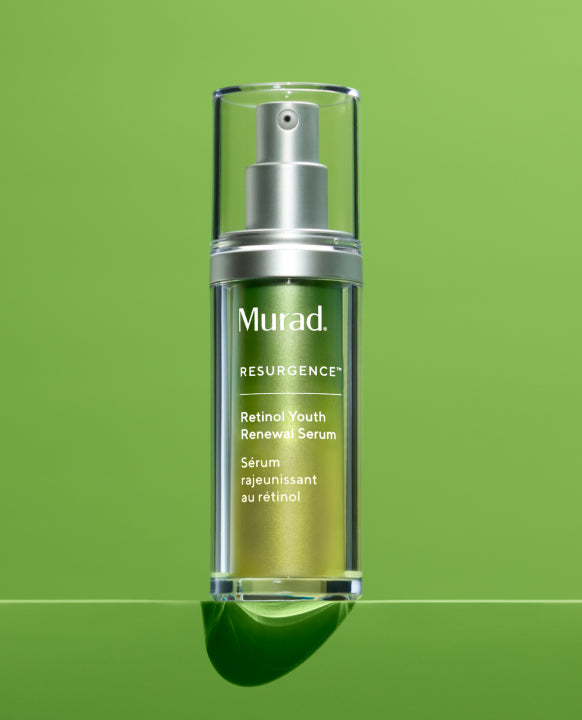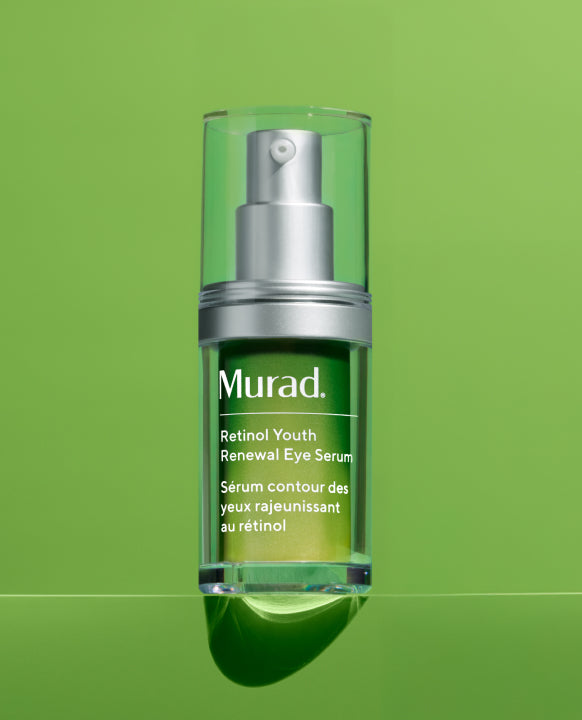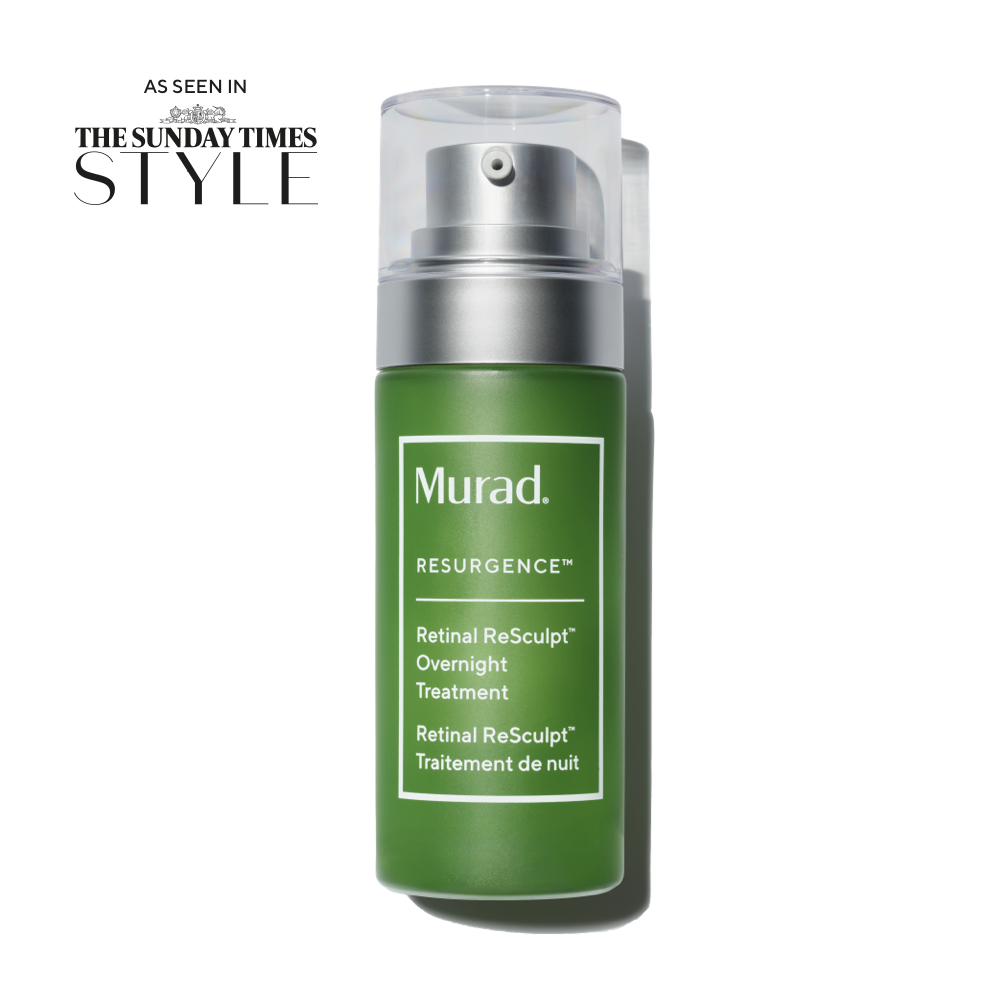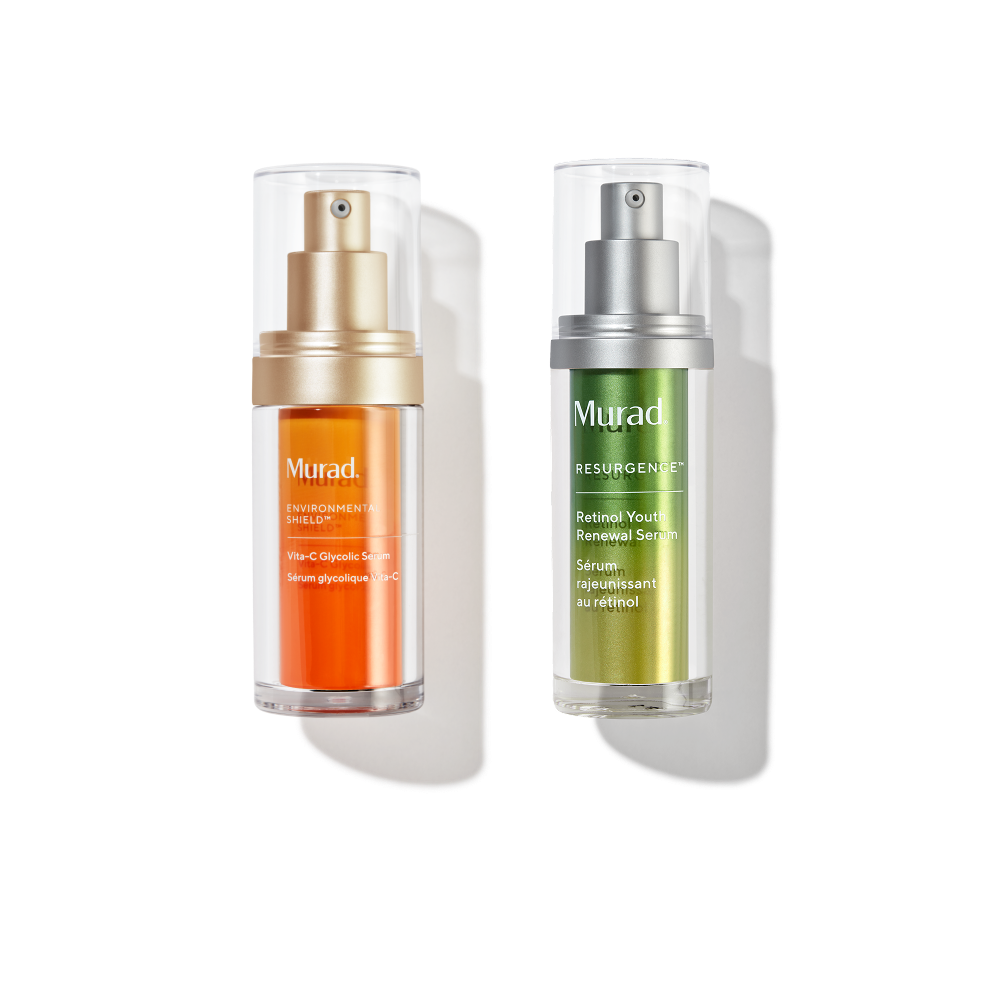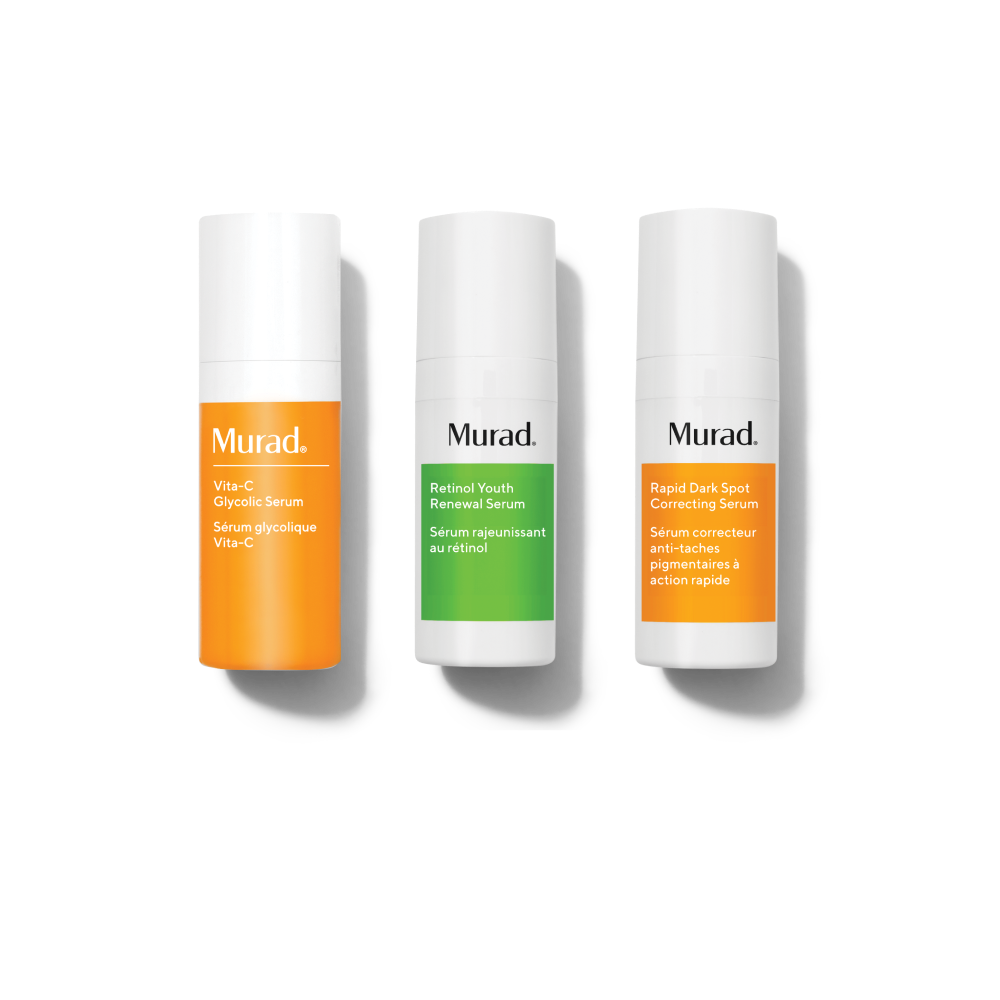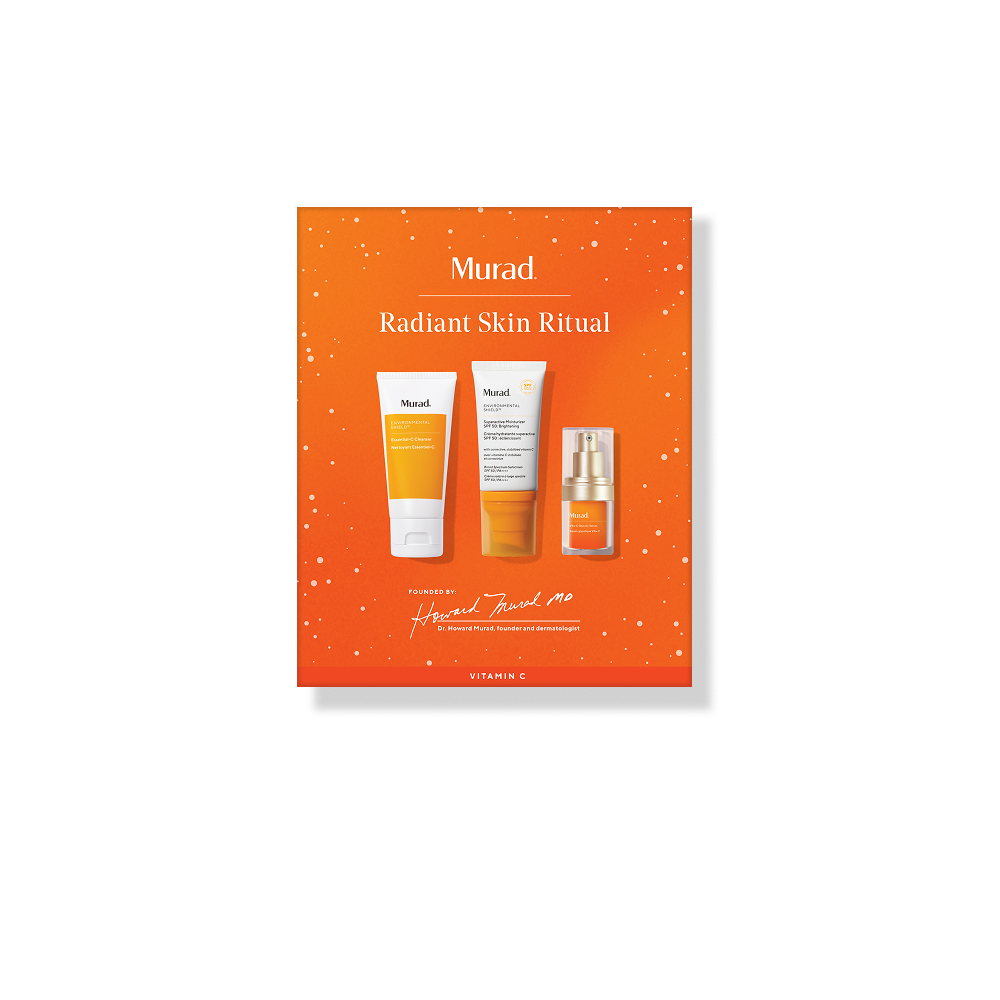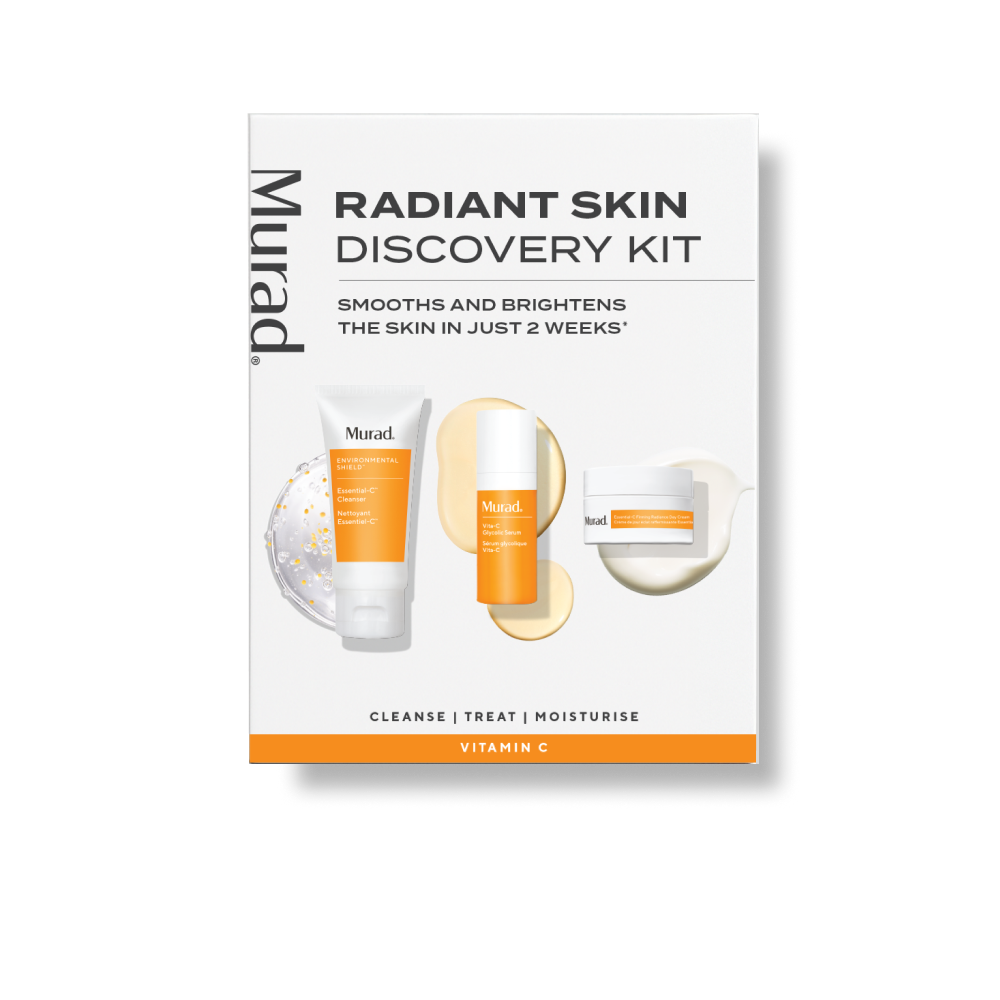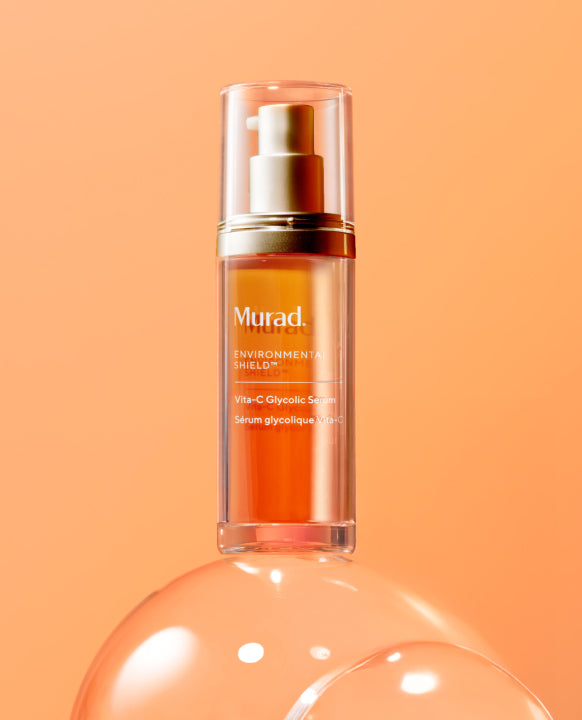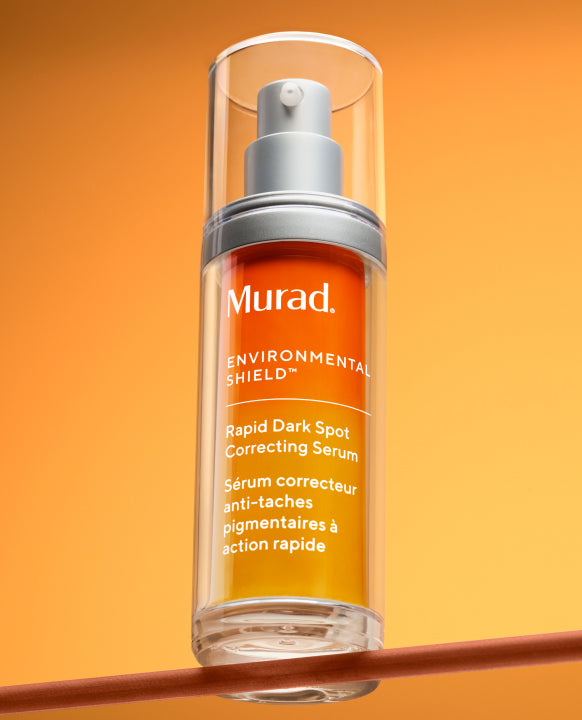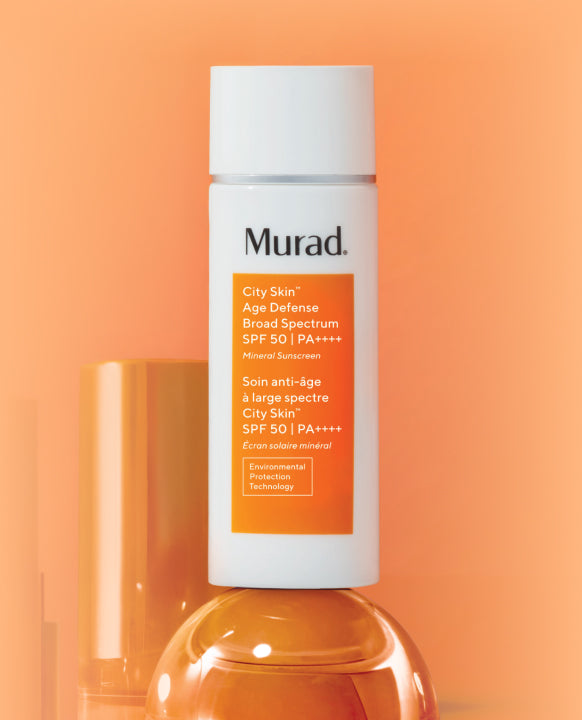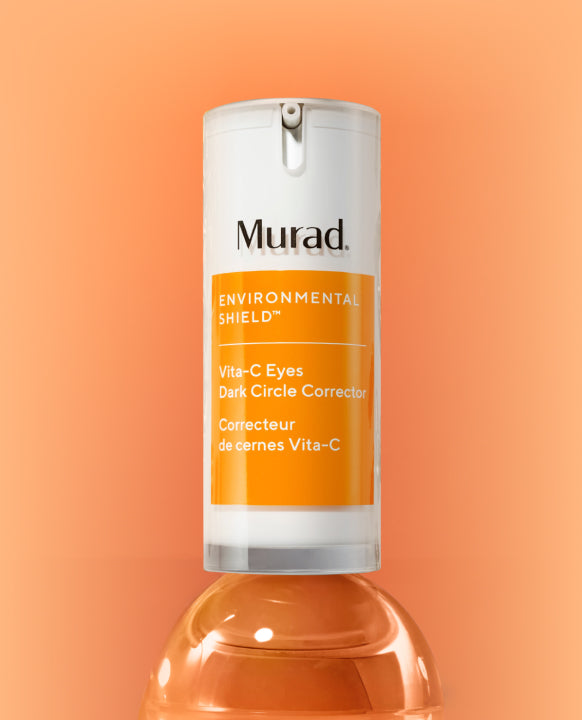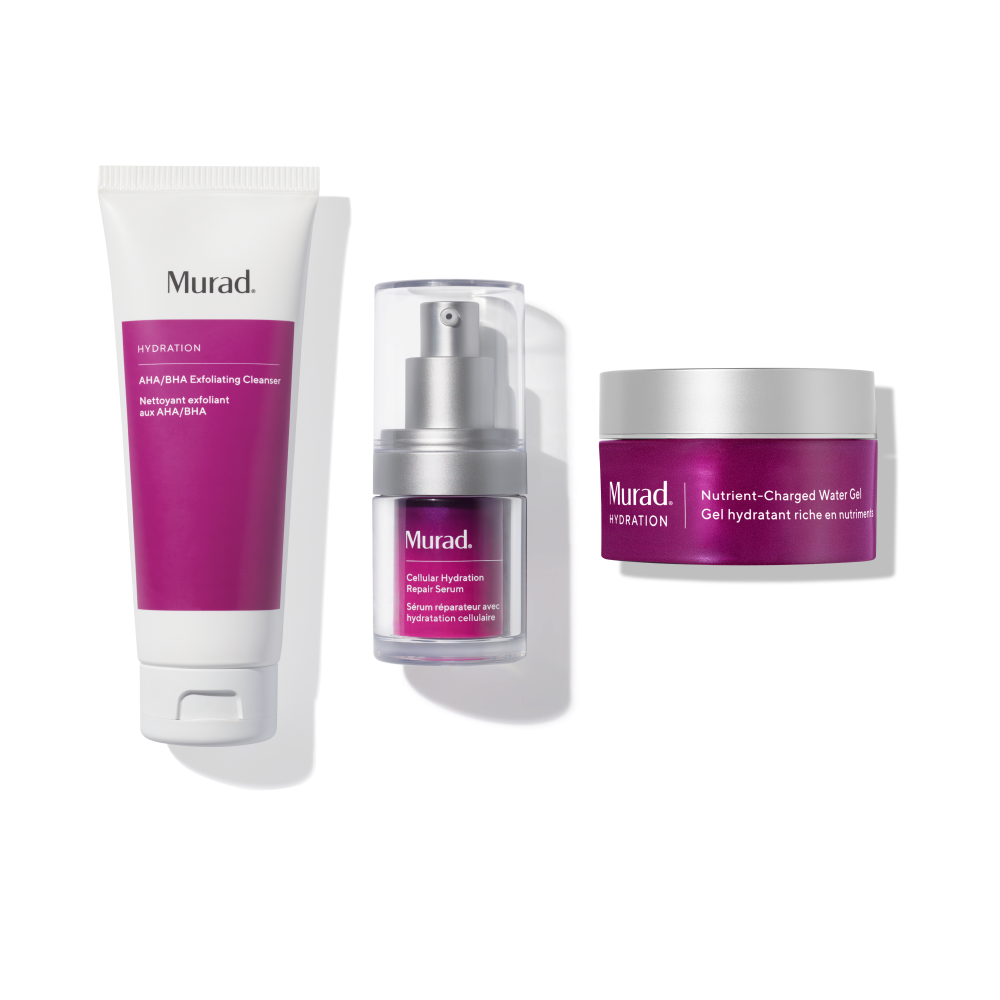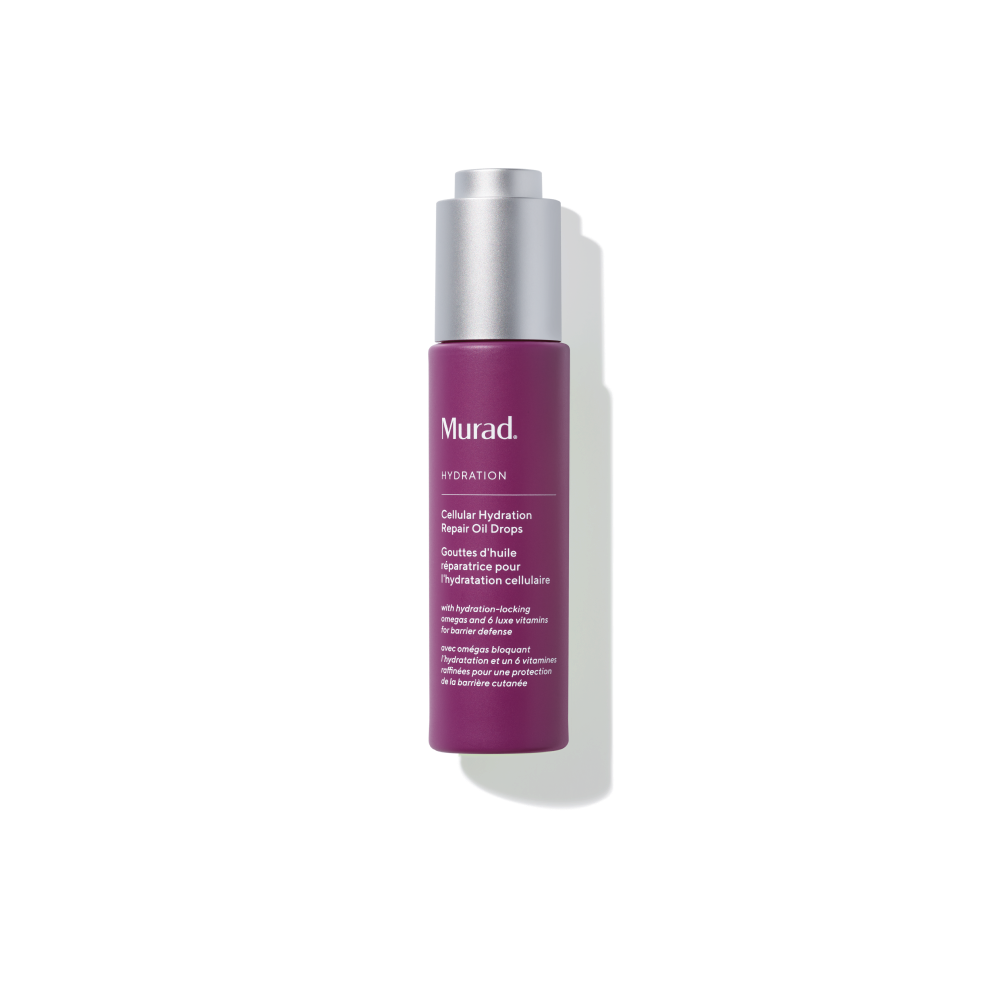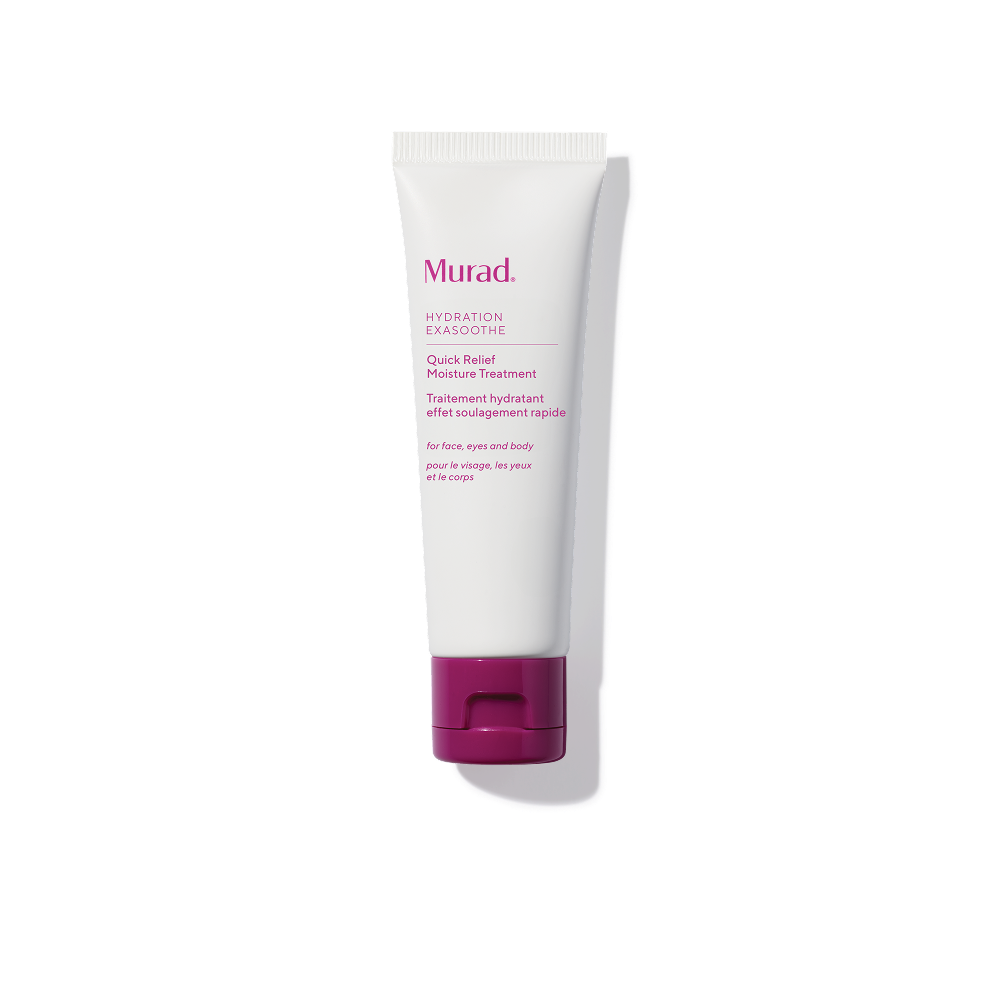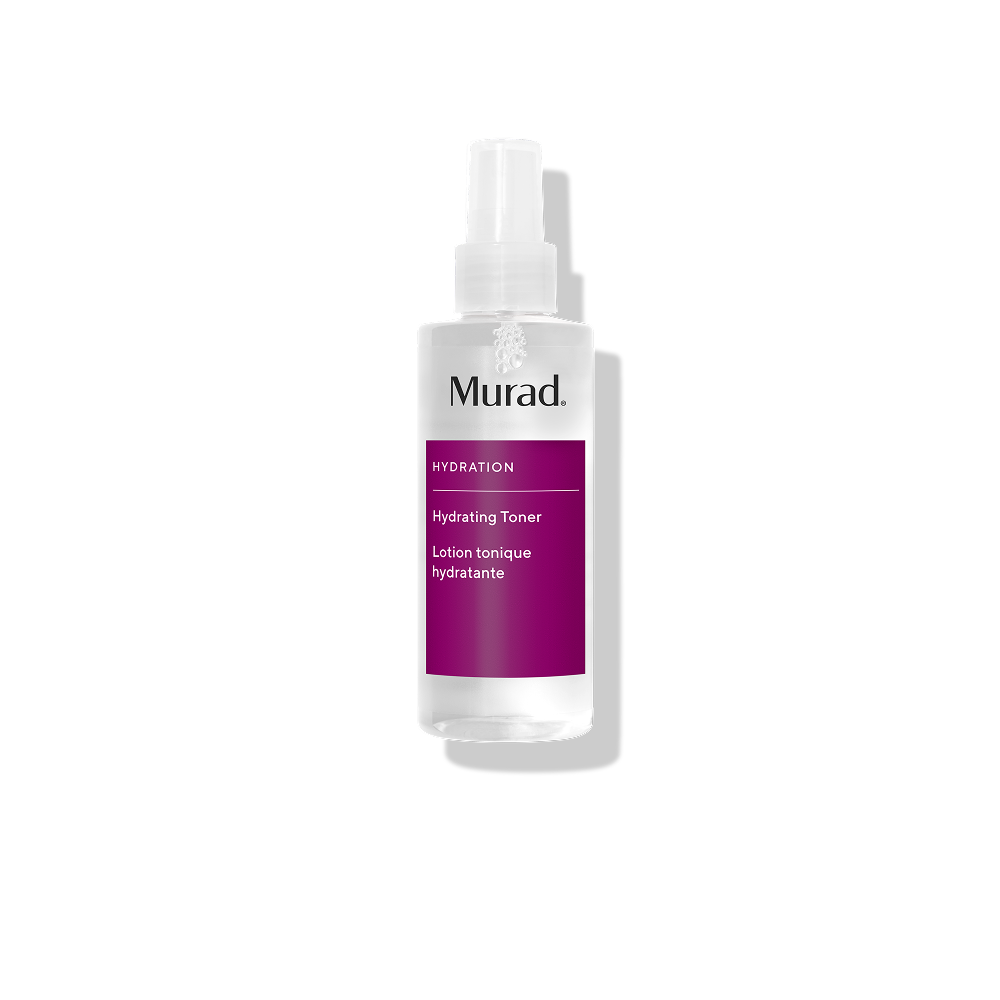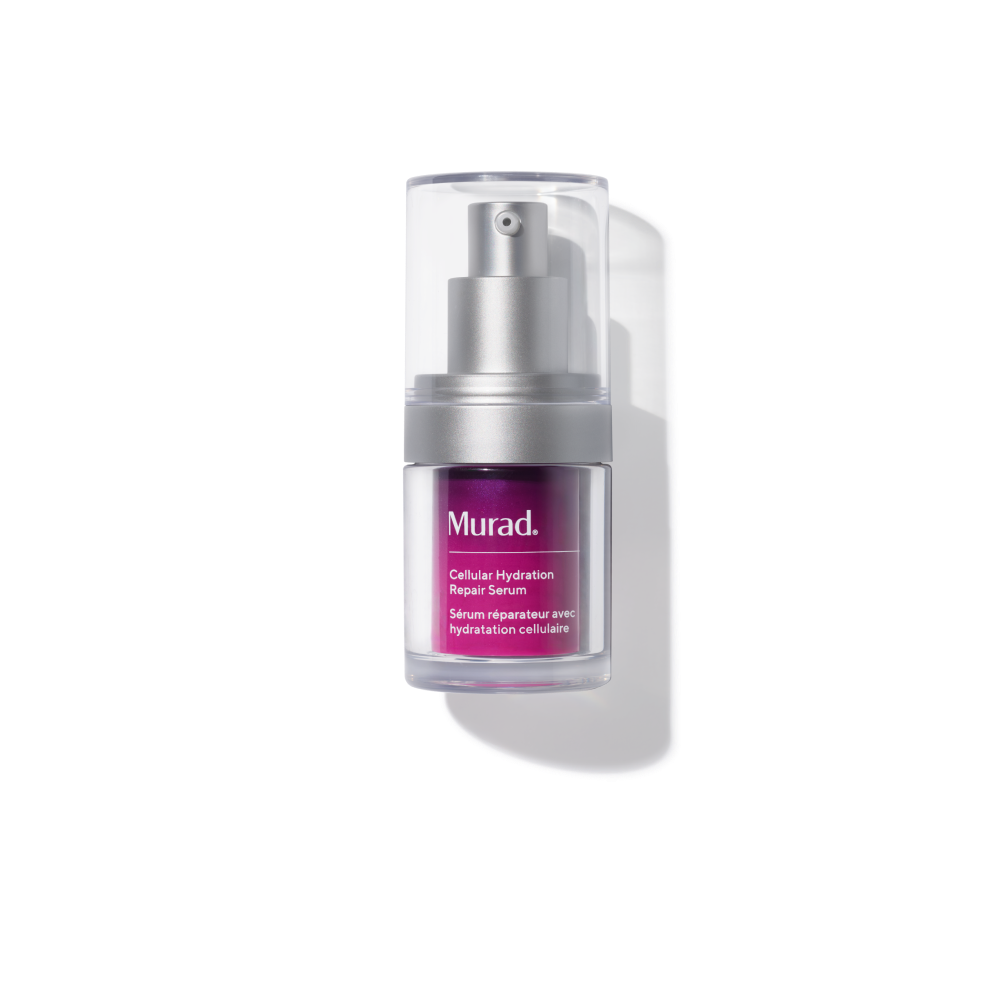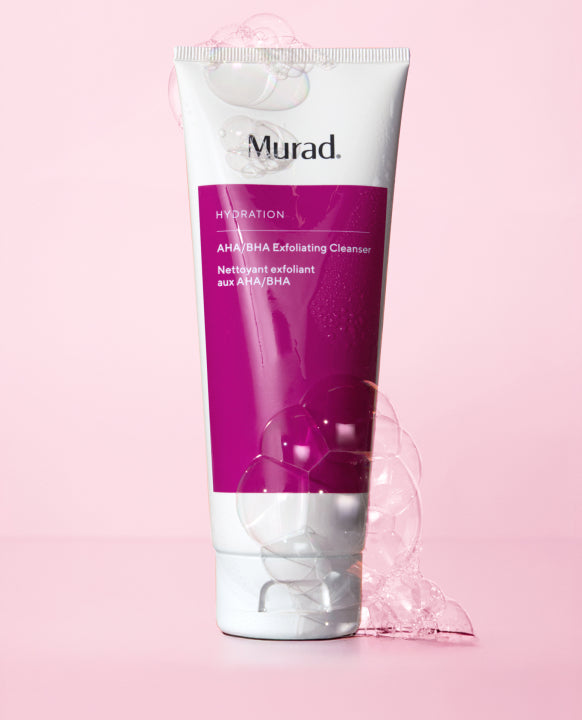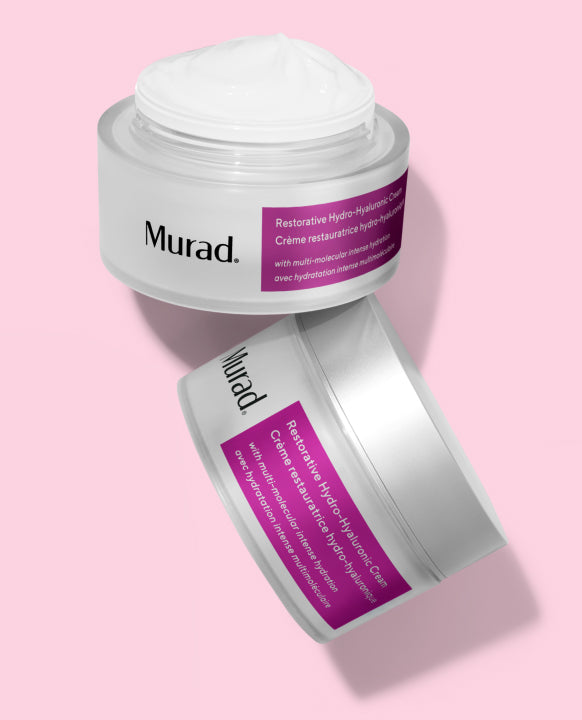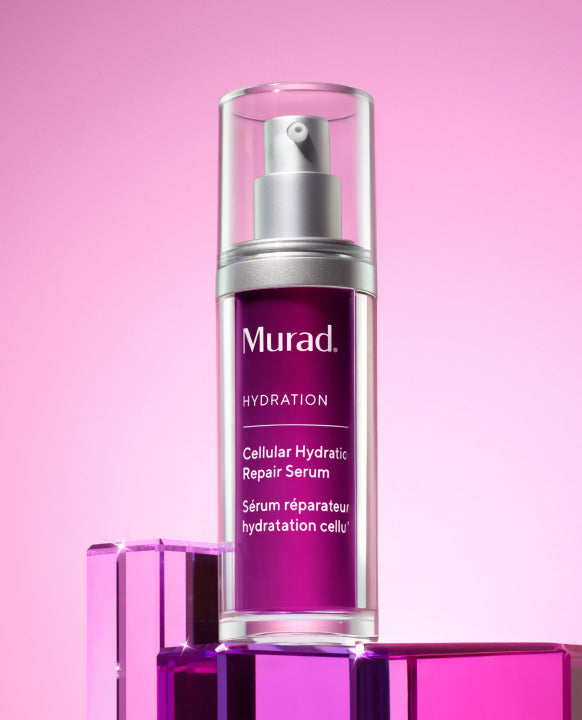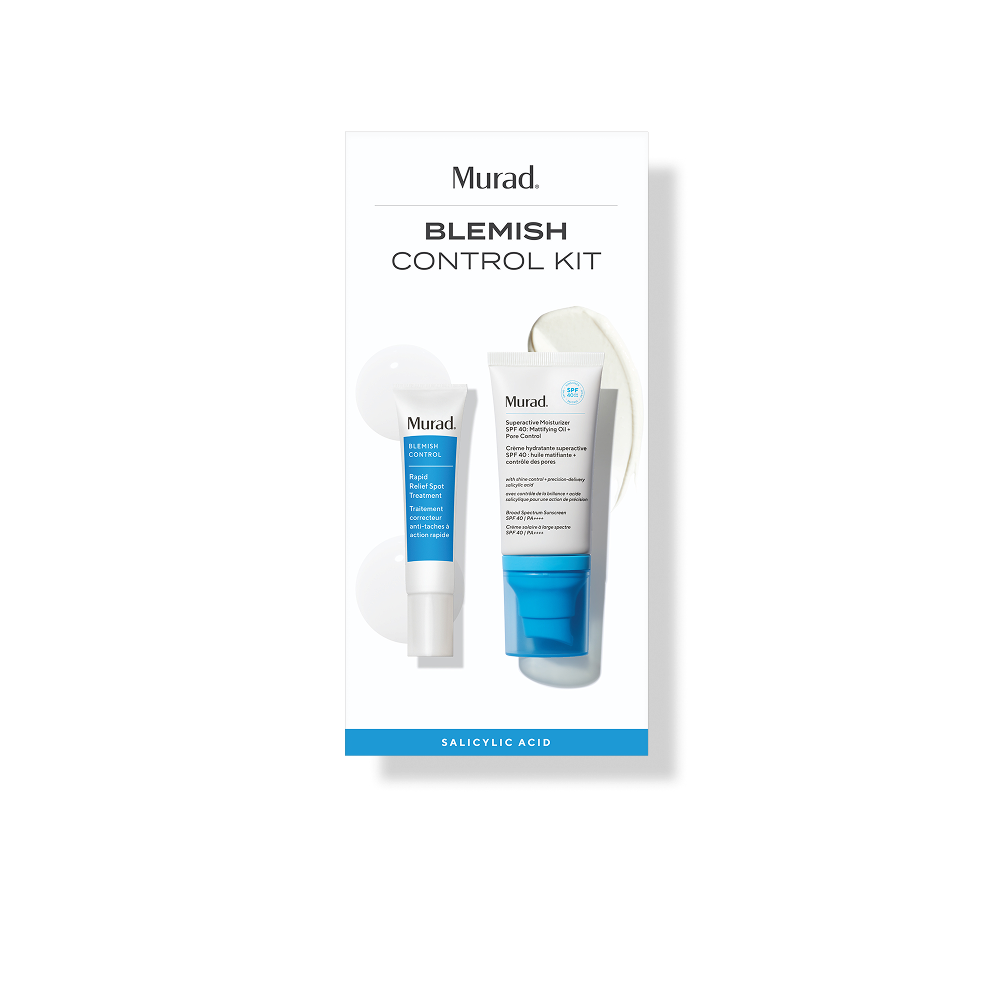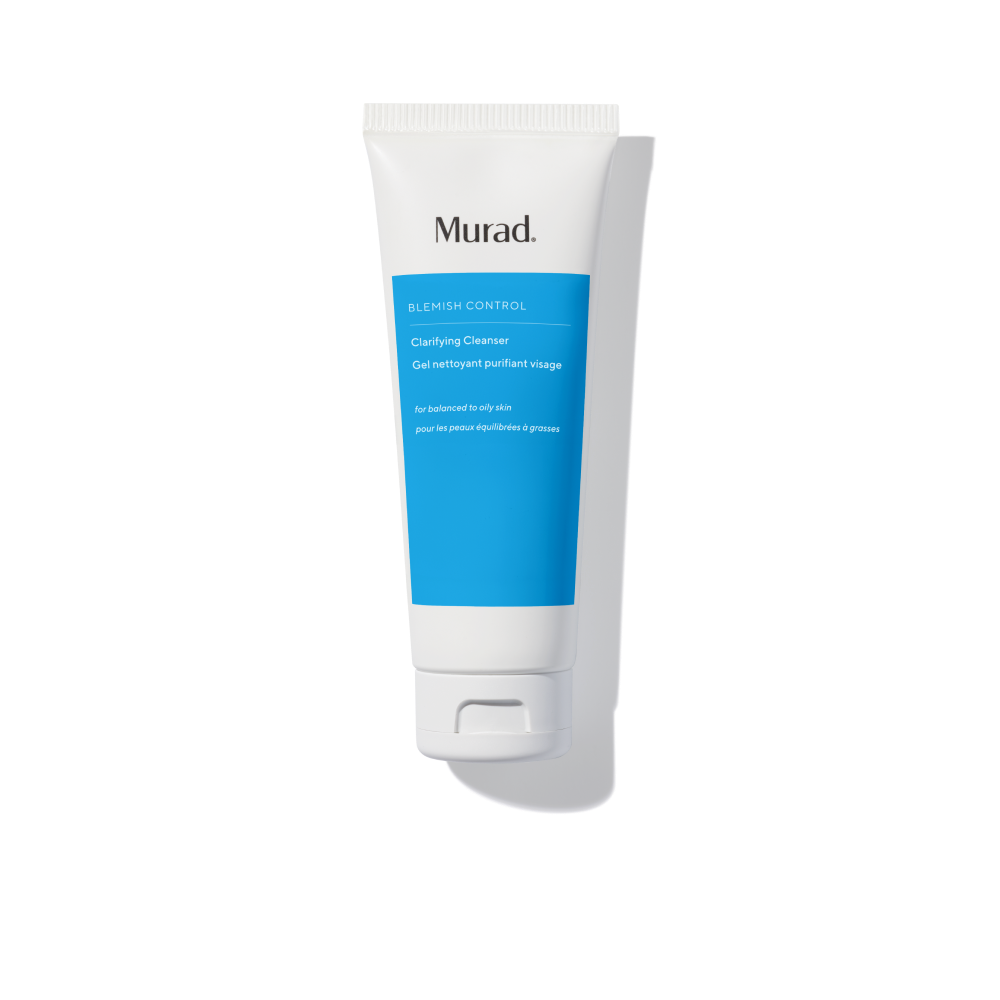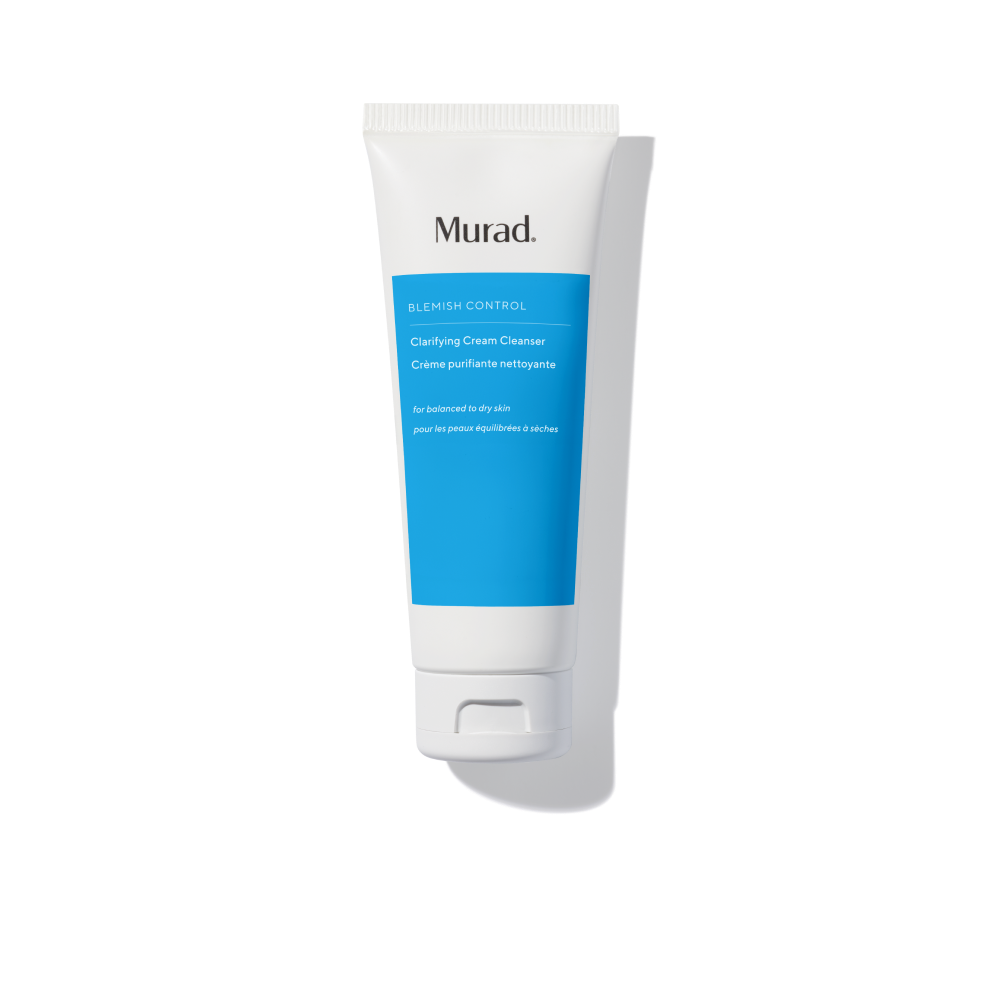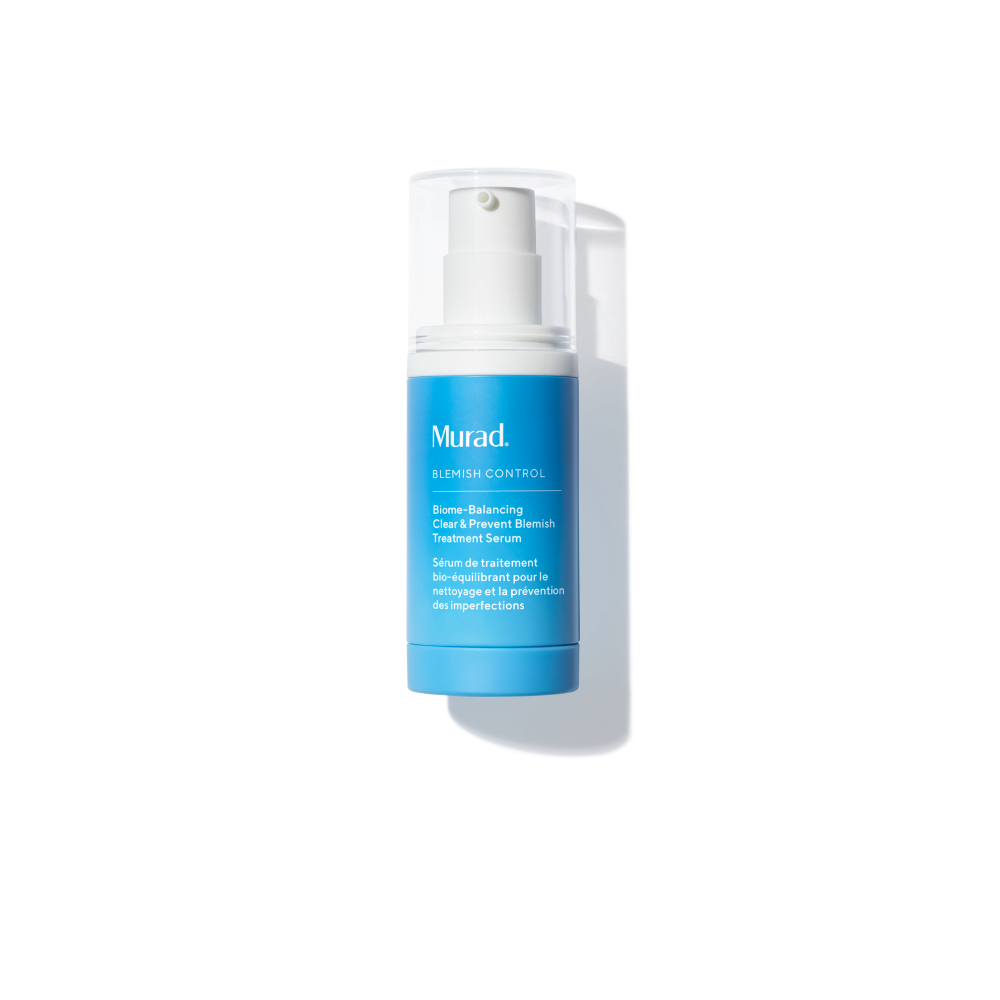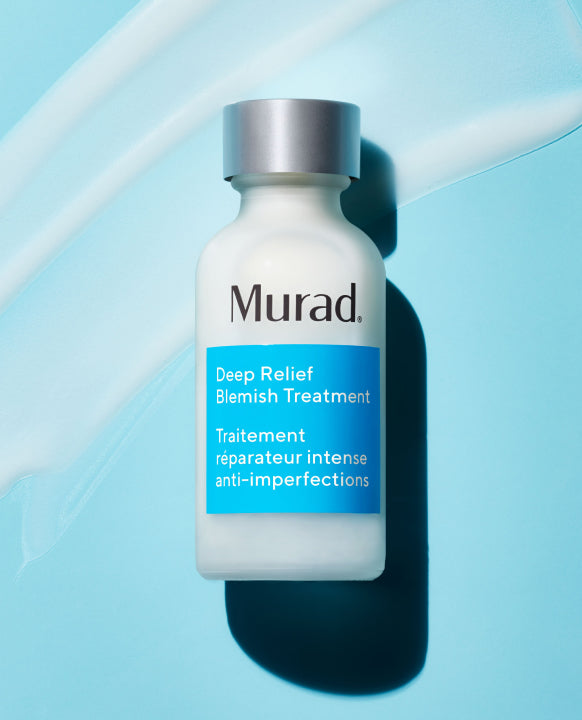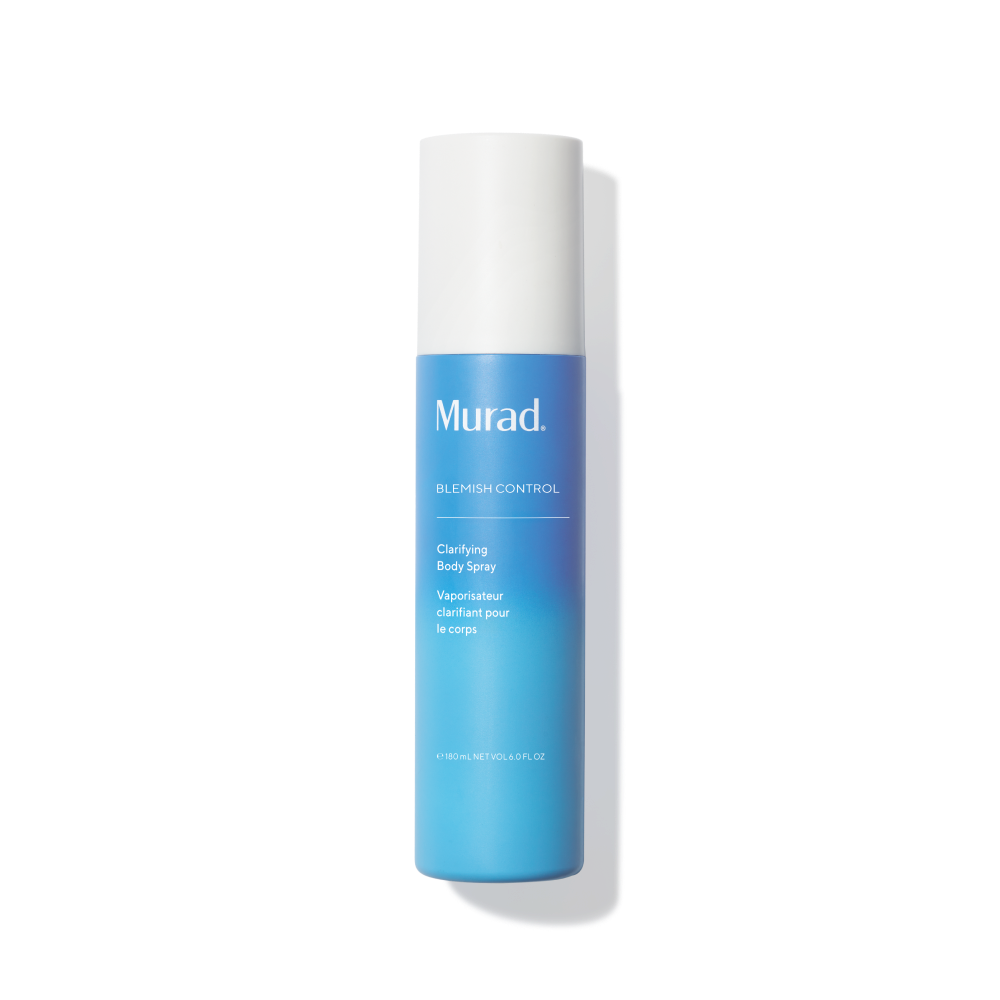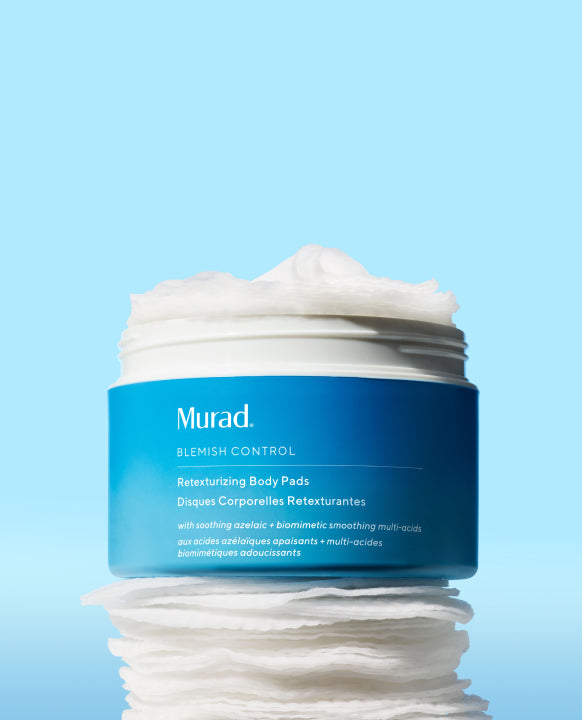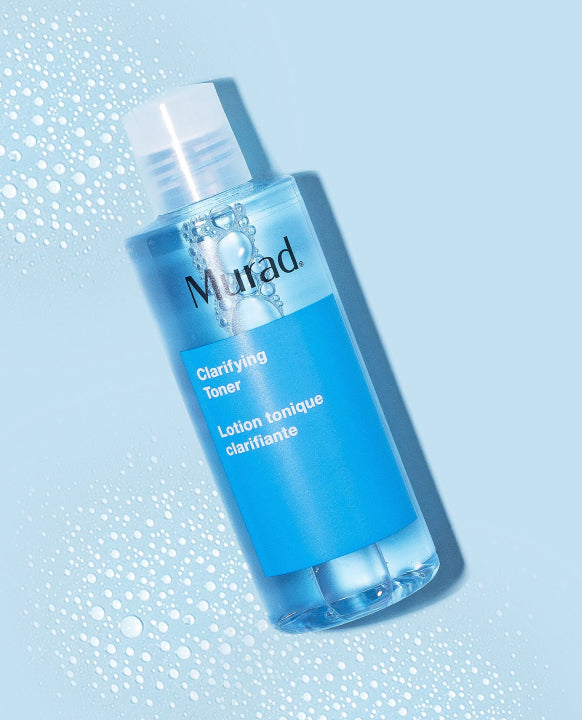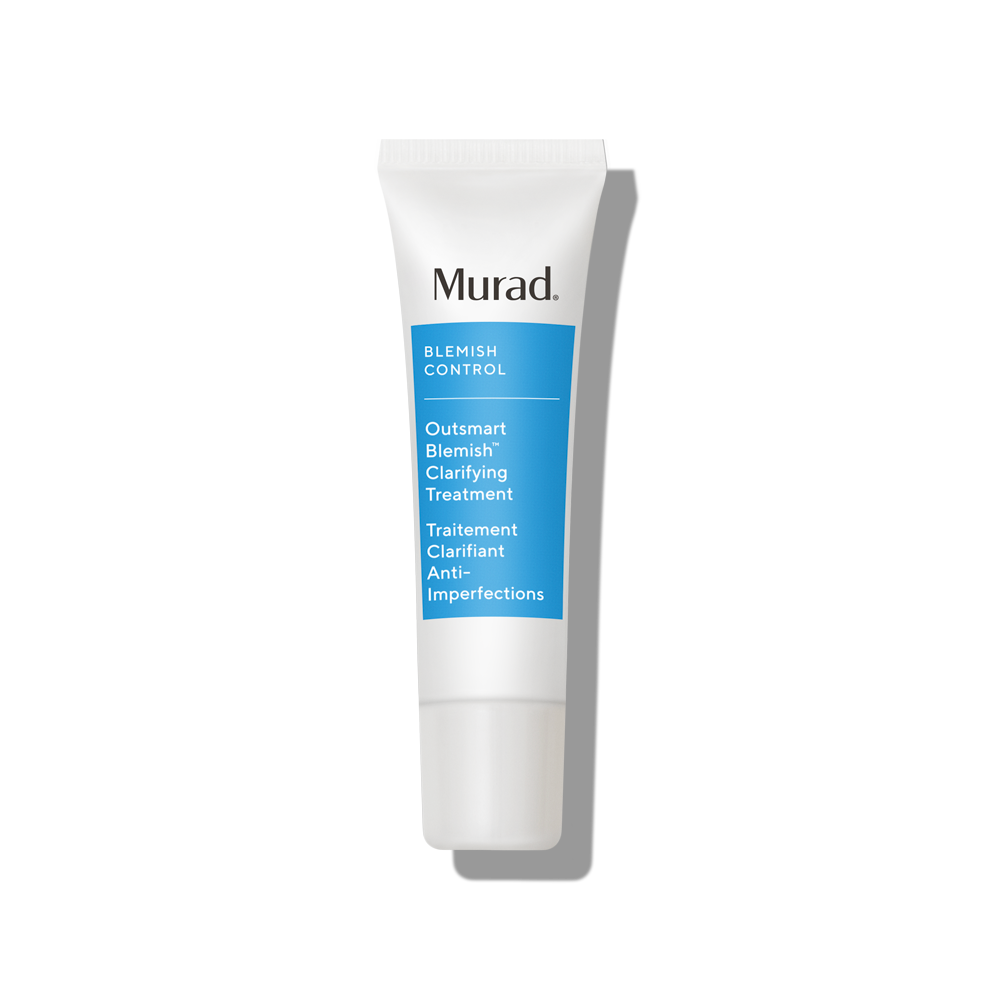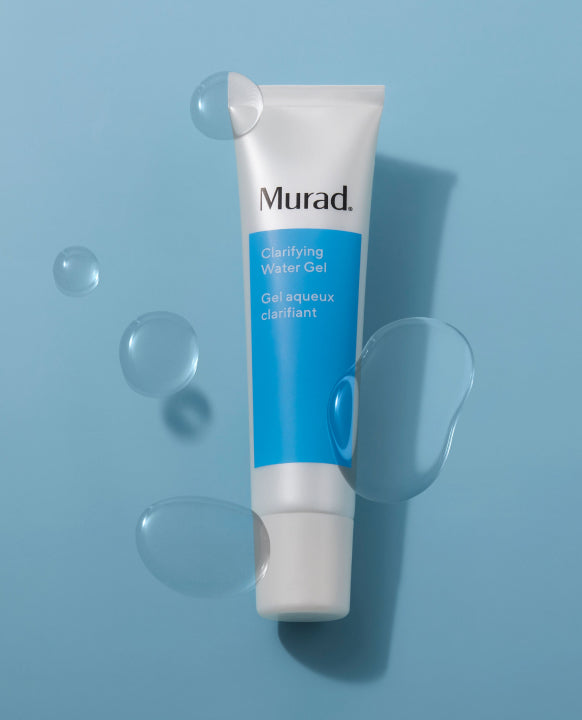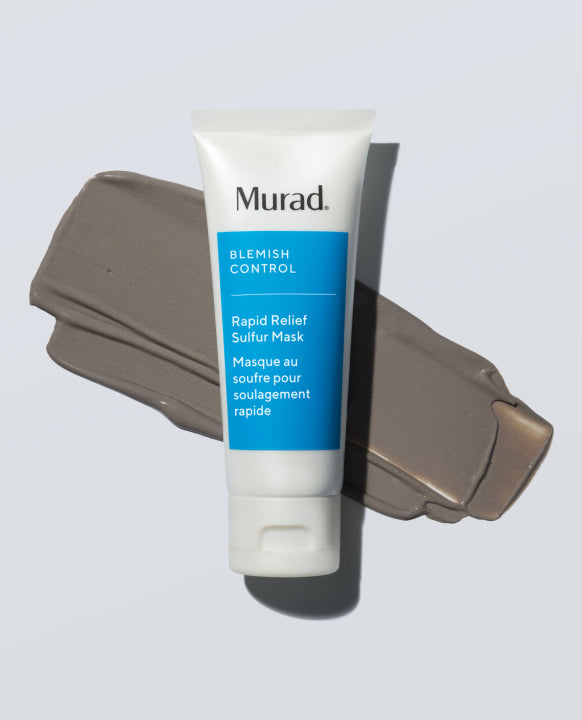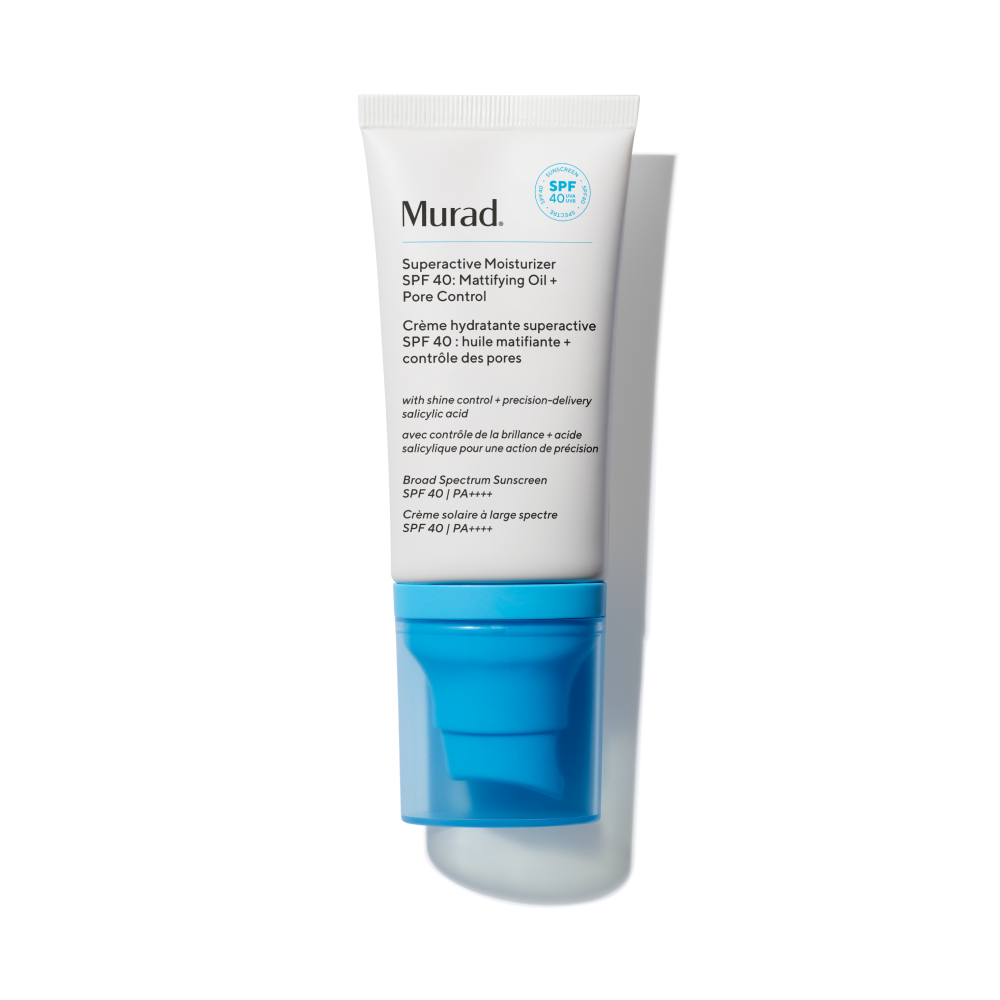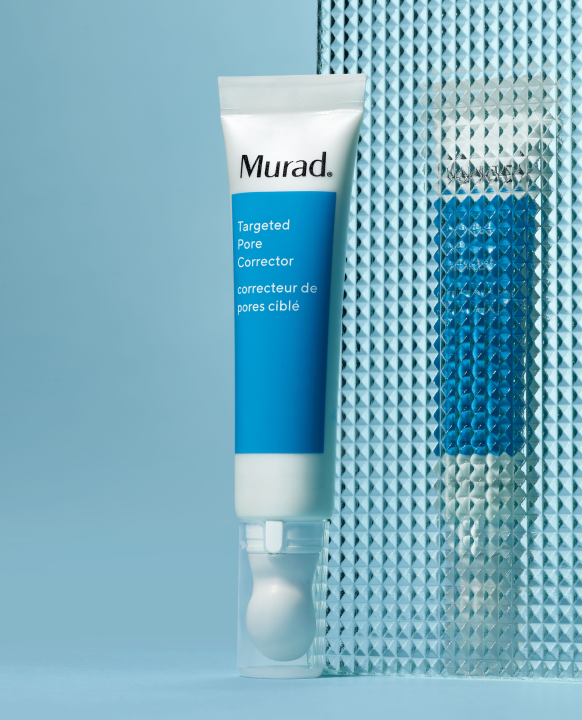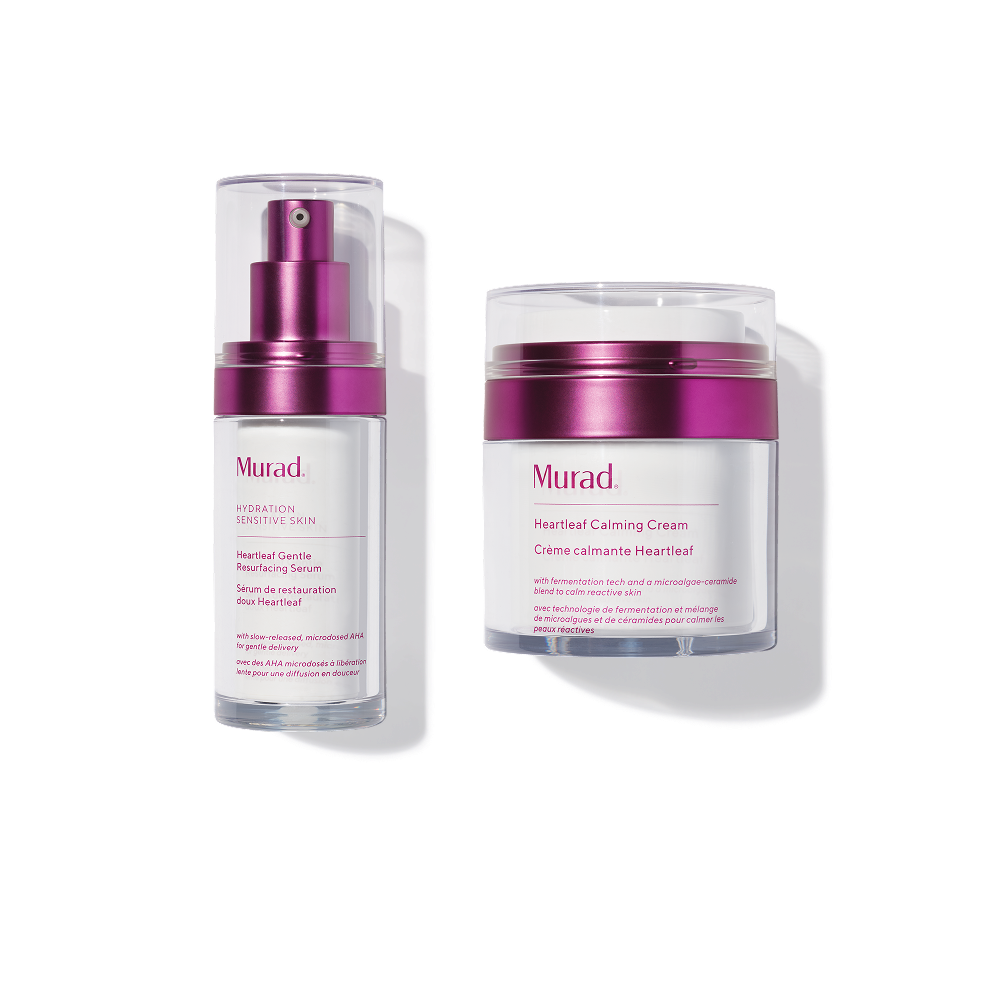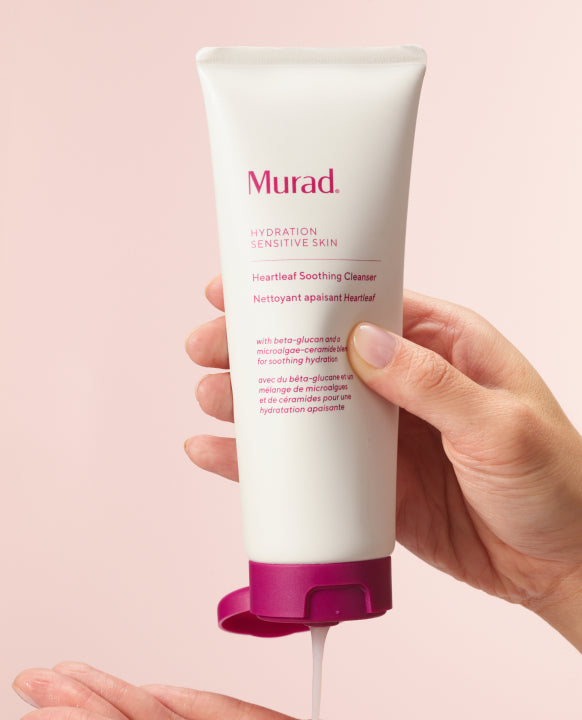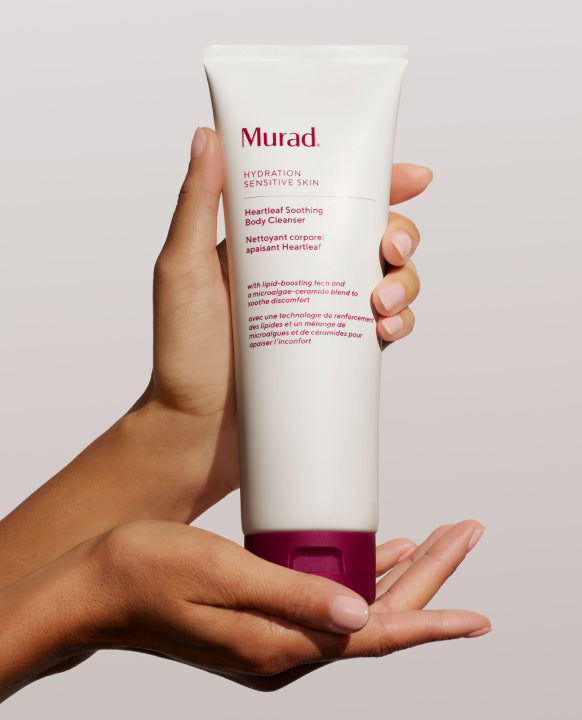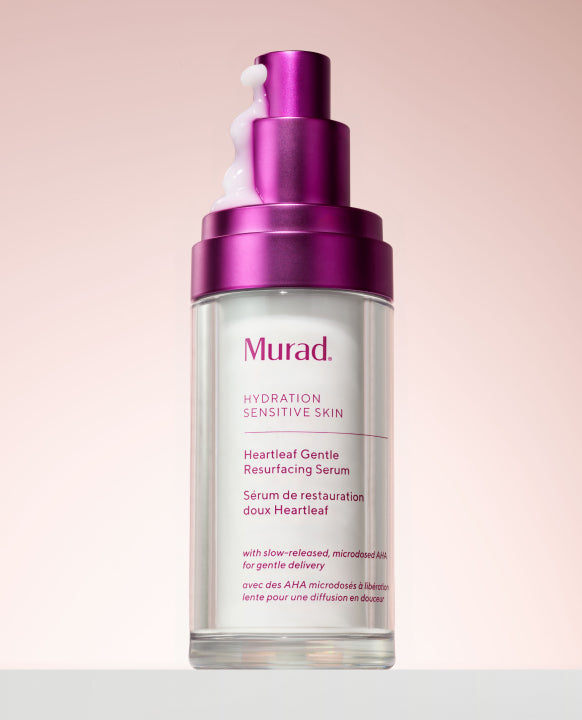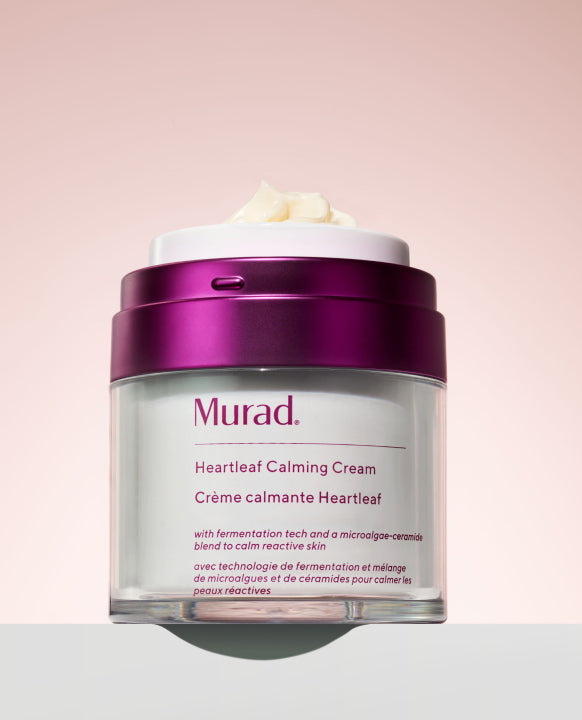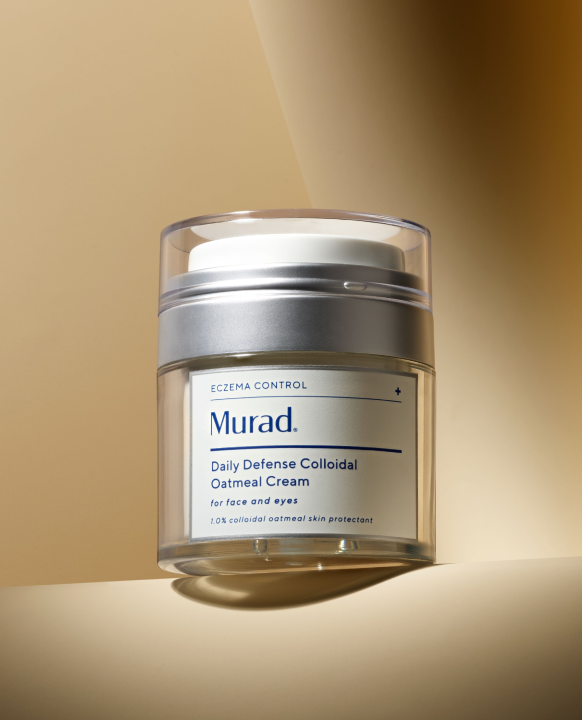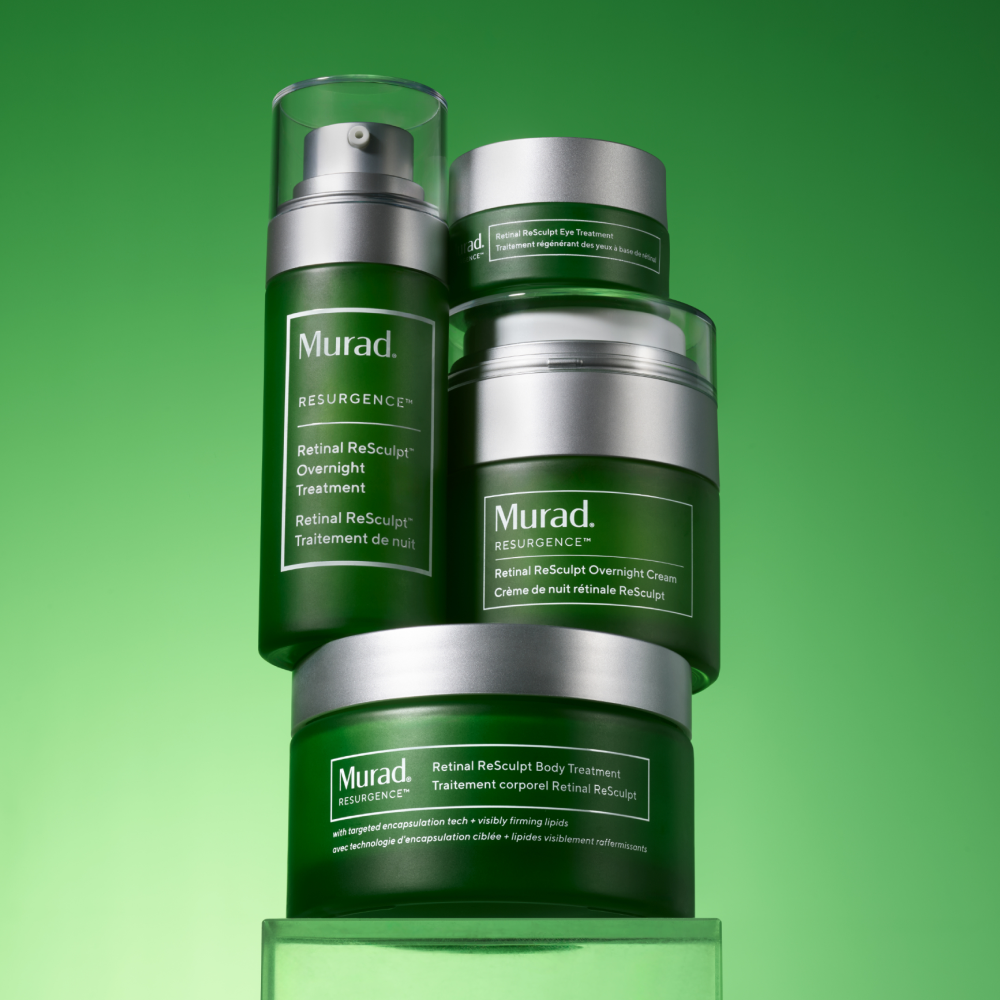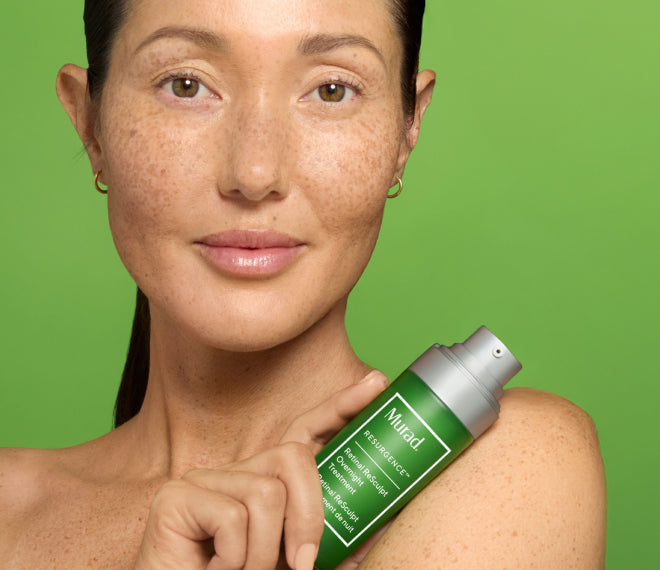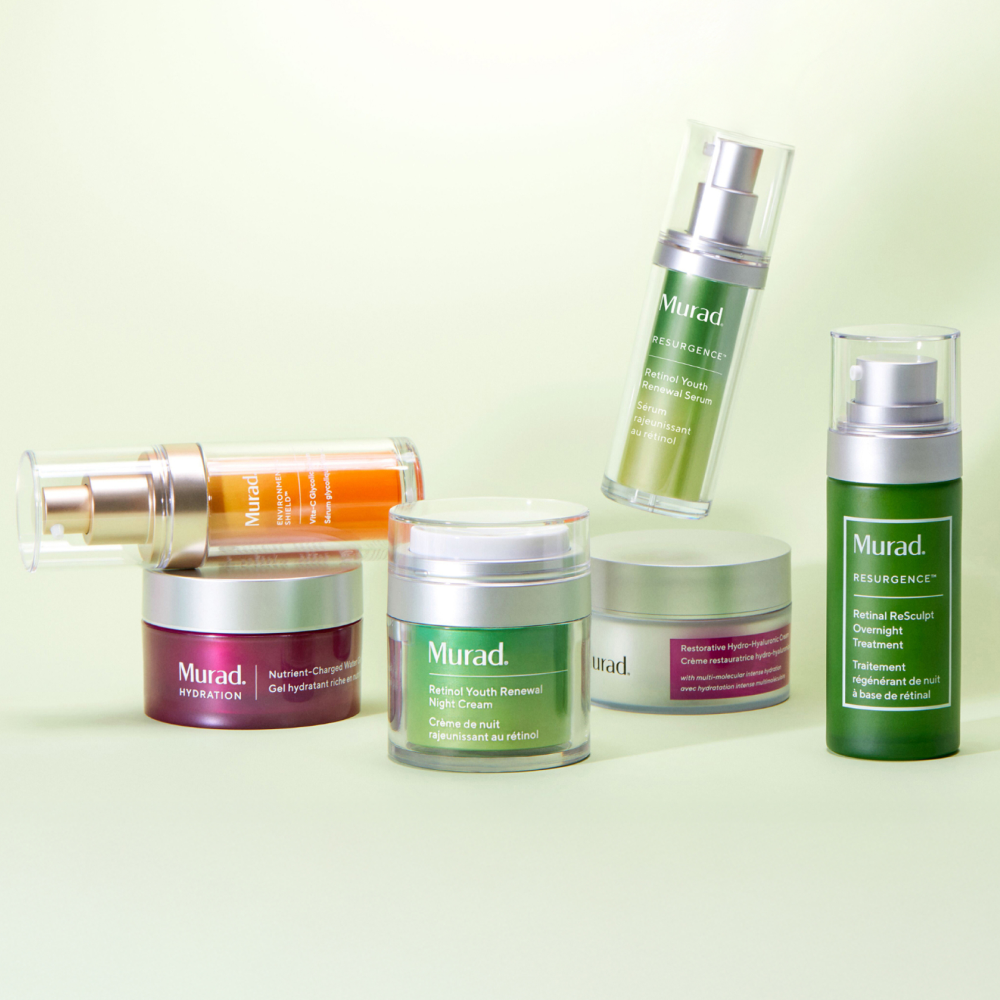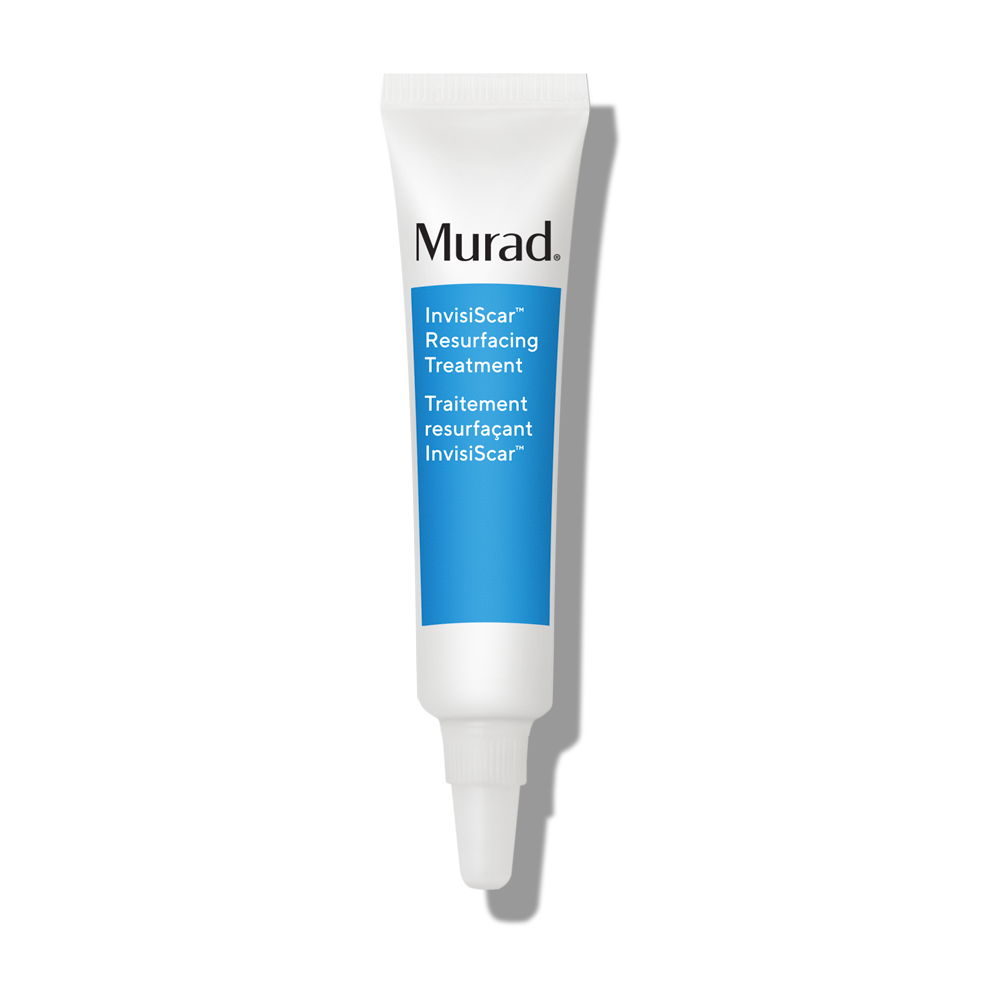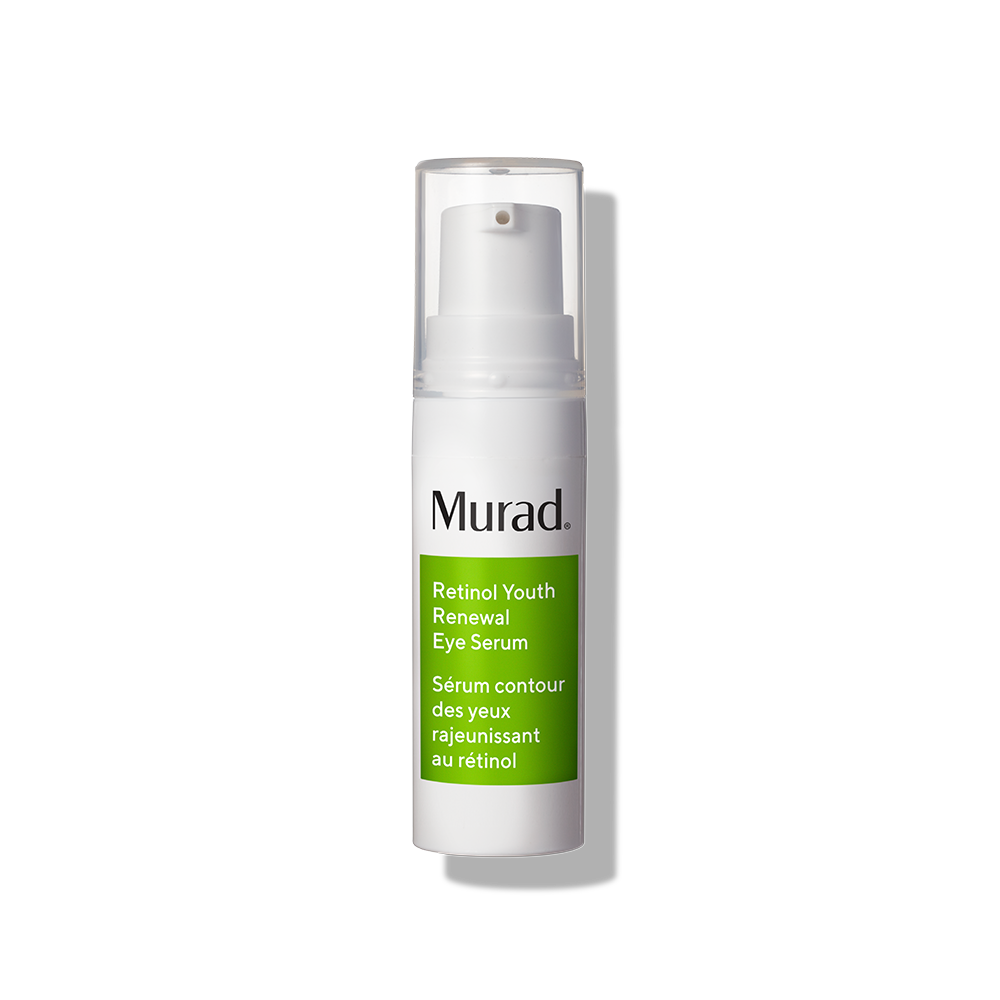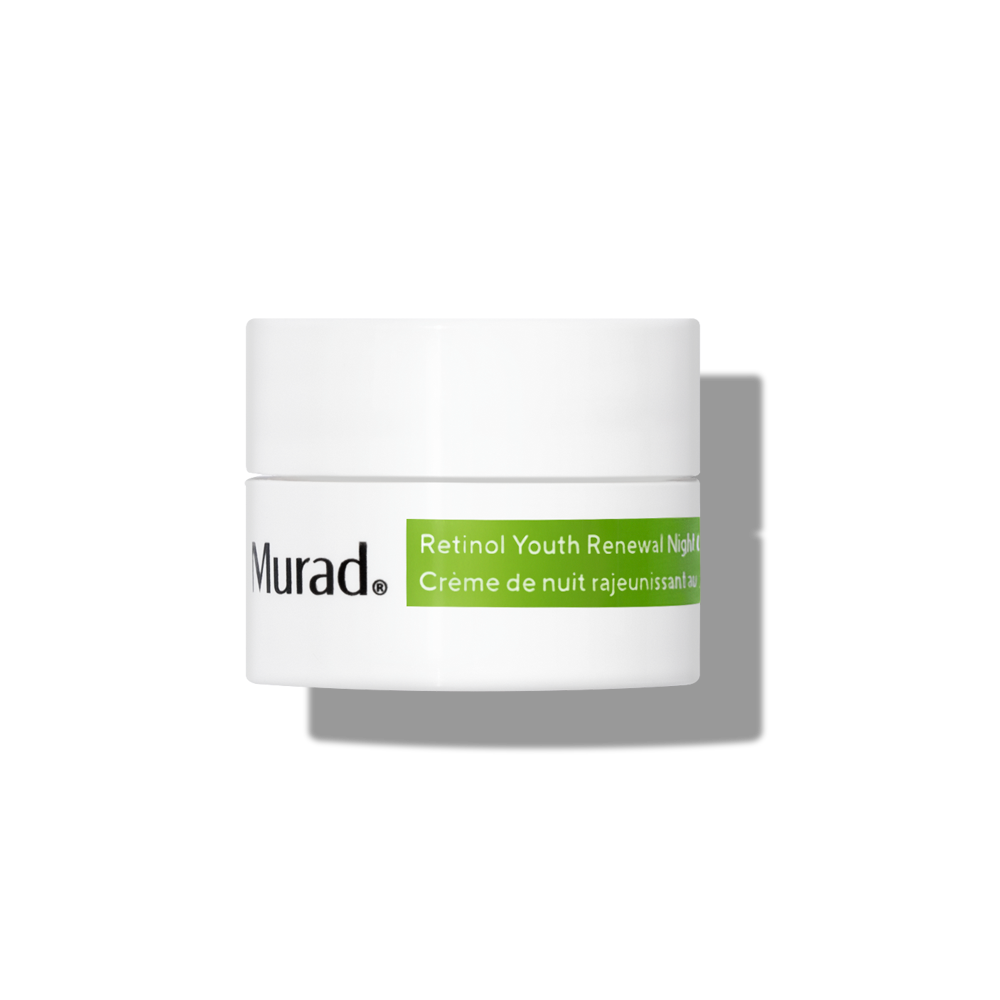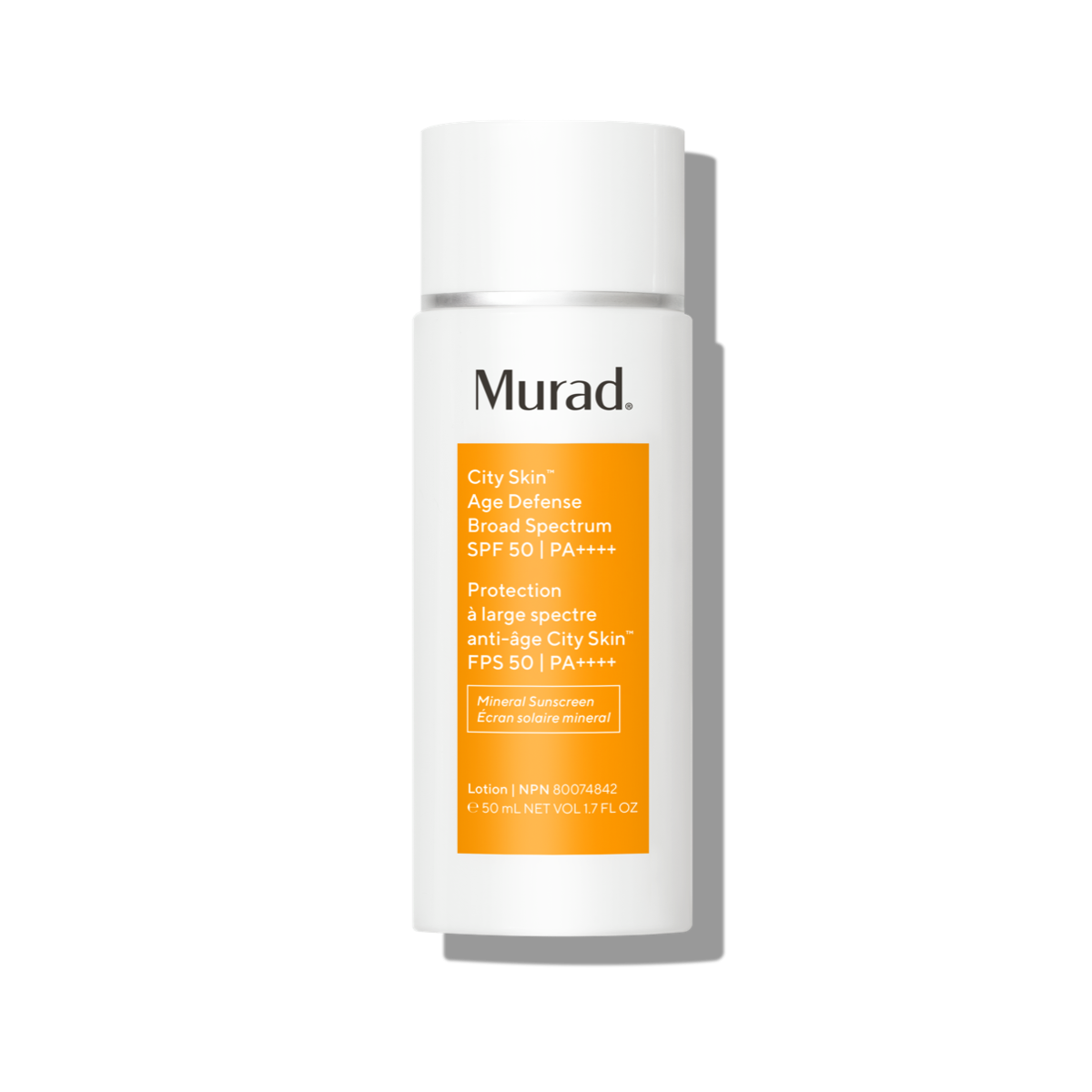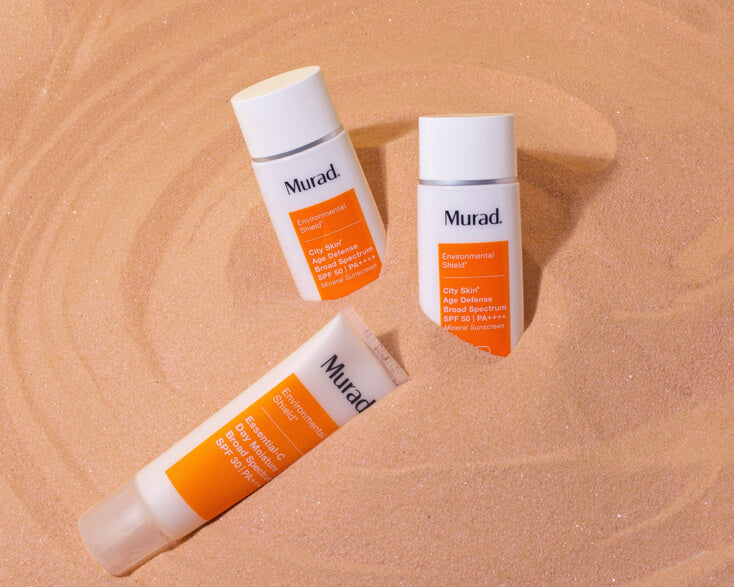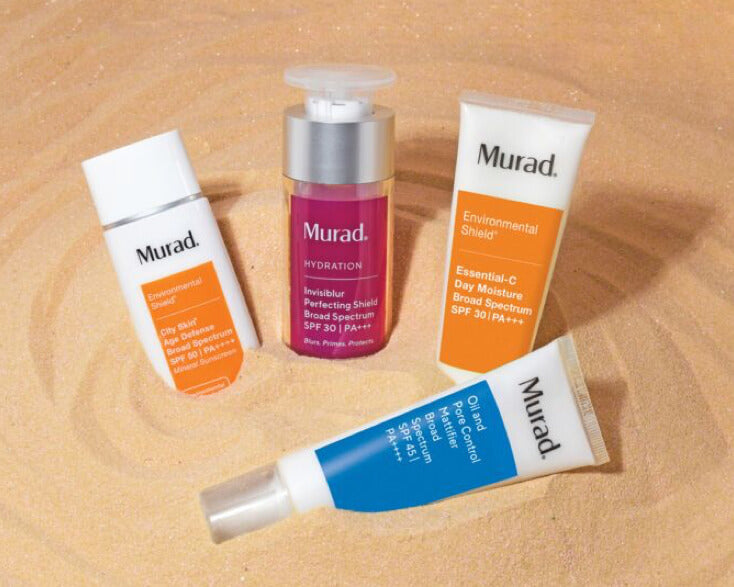10 Skin Cancer and Sun Facts

A sunburn here and a sunburn there may not seem like a big deal, but even as few as five bad sunburns in your life can greatly increase you risk for skin cancer. Here at Murad, sun safety is always part of our daily routine. Wearing sunscreen not only decreases your risk of getting skin cancer—it also helps fight premature ageing, dark spots and age spots. That’s why we use cutting-edge technology to ensure our SPFs are as comfortable to wear as your favorite moisturiser. When SPF is comfortable and visibly undetectable, we know there’s a greater chance you’ll wear it daily.
In addition to wearing sunscreen every day, check out the American Academy of Dermatology’s top skin cancer and sun facts to help protect your skin 365 days a year.
-
Most skin cancers are related to sun exposure, which is preventable, yet skin cancer rates continue to climb.
-
“Broad-spectrum protection” protects against both UVA and UVB rays.
-
Most dermatologists agree SPF 30 is sufficient, based on the total amount of solar energy released on a typical summer day.
-
The sun’s rays are strongest between 10 a.m. and 2 p.m. If your shadow is shorter than you, seek shade.
-
If you notice any spots changing, growing or bleeding on your skin, see a dermatologist.
-
Even on a cloudy day, 80% of the sun’s harmful UV rays can reach your skin.
-
If your skin blisters after a sunburn, you have a second-degree burn.
-
UV rays can cause premature ageing of skin and skin cancer.
-
Melanin is the pigment that “tans” your skin, but it is produced by the skin in response to sun damage.
-
By the time your skin gets red (burned) or darker, it has already been damaged.
-
Use of indoor tanning (tanning beds) before the age of 35 has been associated with a significant increase in the risk of melanoma.
